The 1970s were a bold time for self-expression. People used fashion, music, and art to show who they were. Tattoos became part of that. From California beaches to New York streets, ink moved from a fringe mark to a strong statement of identity and rebellion.
In this post, we dive into the colorful world of ’70s tattoos. We look at the trends, the culture that shaped them, and the artists who pushed the craft forward. Here are the main points we cover:
- Cultural Influences and Iconography: The decade’s music, art, and counterculture shaped tattoo styles. Psychedelic art, rock iconography, and anti-establishment ideas all showed up in the designs people chose.
- Pioneering Tattoo Artists: A few key artists broke rules and raised standards. Their work moved tattoos from back-street shops into serious creative spaces. They laid the groundwork for modern tattooing.
- Technological and Artistic Advances: Needles, inks, and machines improved in the ’70s. Artists also borrowed ideas from fine art and graphic design. These changes let them try new styles and finer detail.
- Social Perception and Acceptance: Attitudes shifted slowly. Tattoos were still seen as rebellious by many, but more people began to accept and admire them. The ’70s set the stage for wider acceptance in later decades.
- Iconic Styles and Designs: Popular looks included psychedelic patterns, bold blackwork, roses, skulls, and nautical motifs. Colors could be bright or deeply saturated. Styles were vivid, graphic, and often personal.
Whether you love tattoos or study cultural history, the ’70s are a key chapter. They show how ink became a public art form and a way to say who you are. Put on some classic rock and enjoy the ride through tattoo history!
A Brief Historical Context
Before the 1970s, the wearing of tattoos was associated with fringe groups of society, sailors, bikers, and criminals. They had suffered a slight drop in general public use in the years before World War II.
But during the 1970s, changes occurred, and tattoos made the transition from the fringes of society into a form of personal expression that was used by more mainstream players in society.
Bikers: Skulls, flames, and insignias of motorcycle club culture.
Sailors and Military Personnel: Popular were nautical themes, pin-up girls, and patriotic symbols.
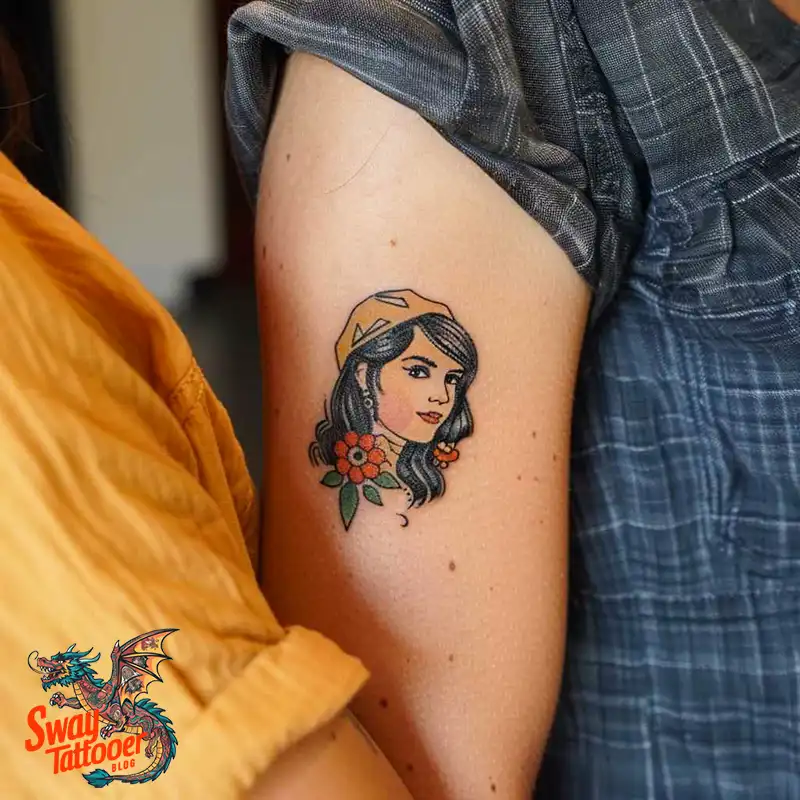
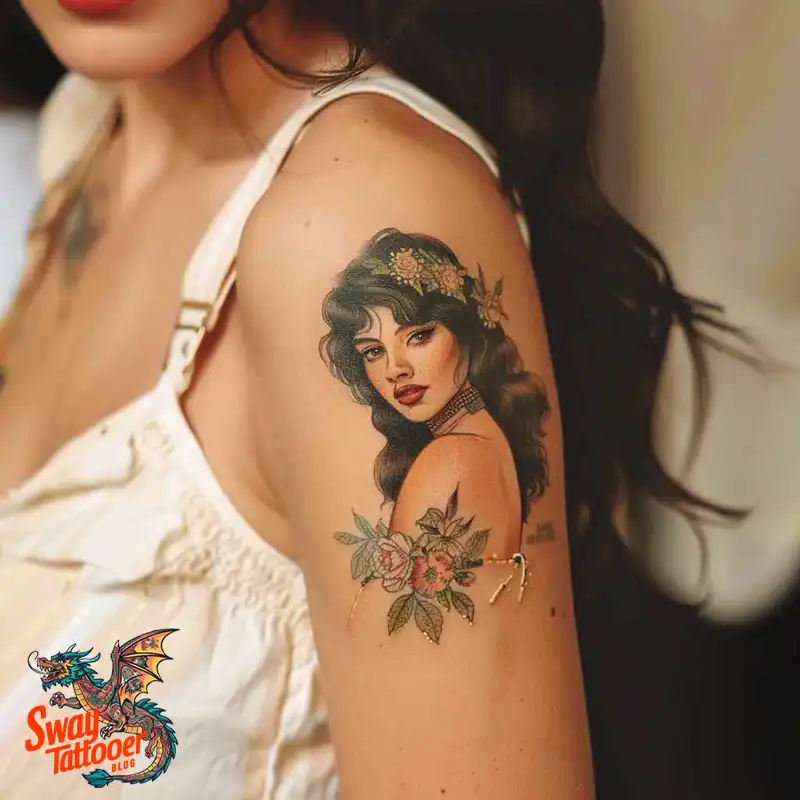
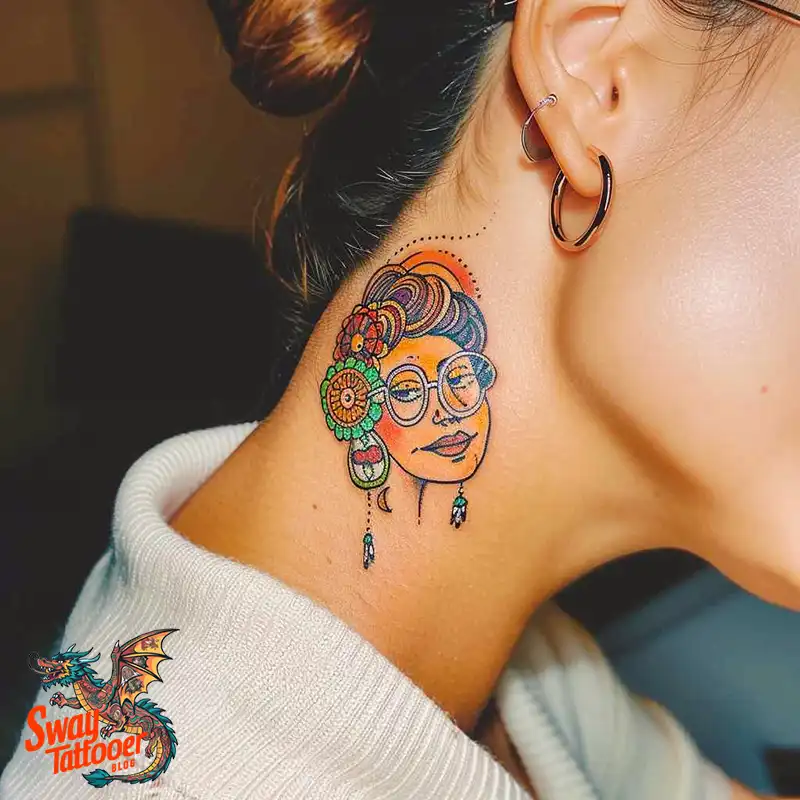
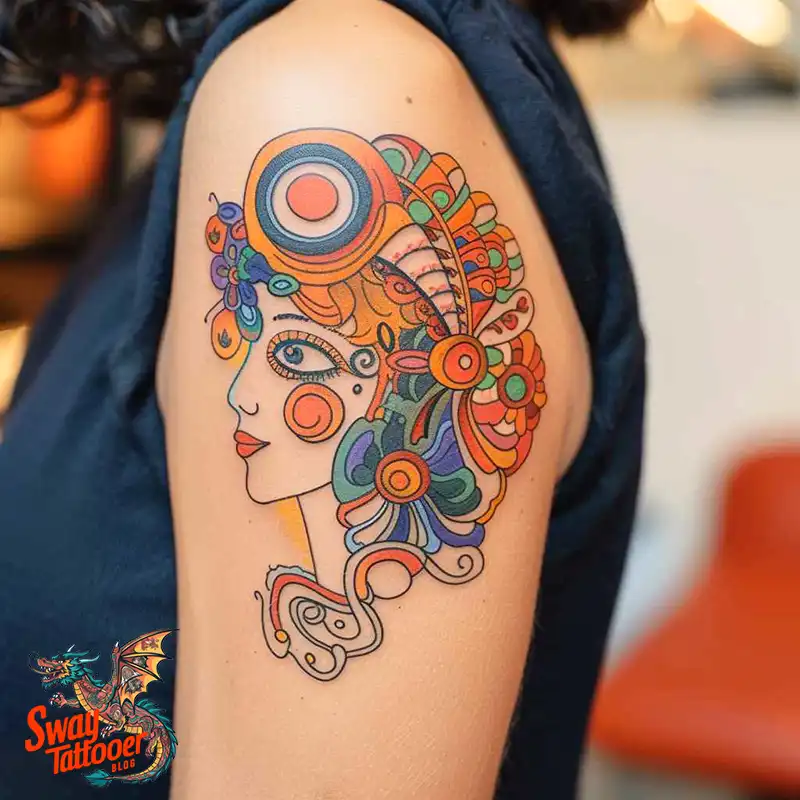
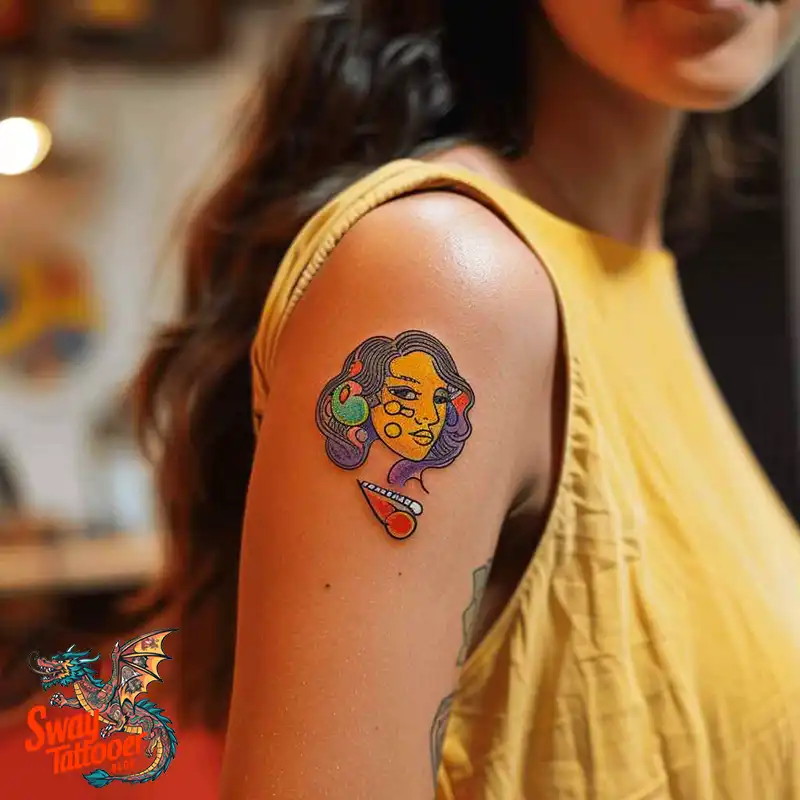
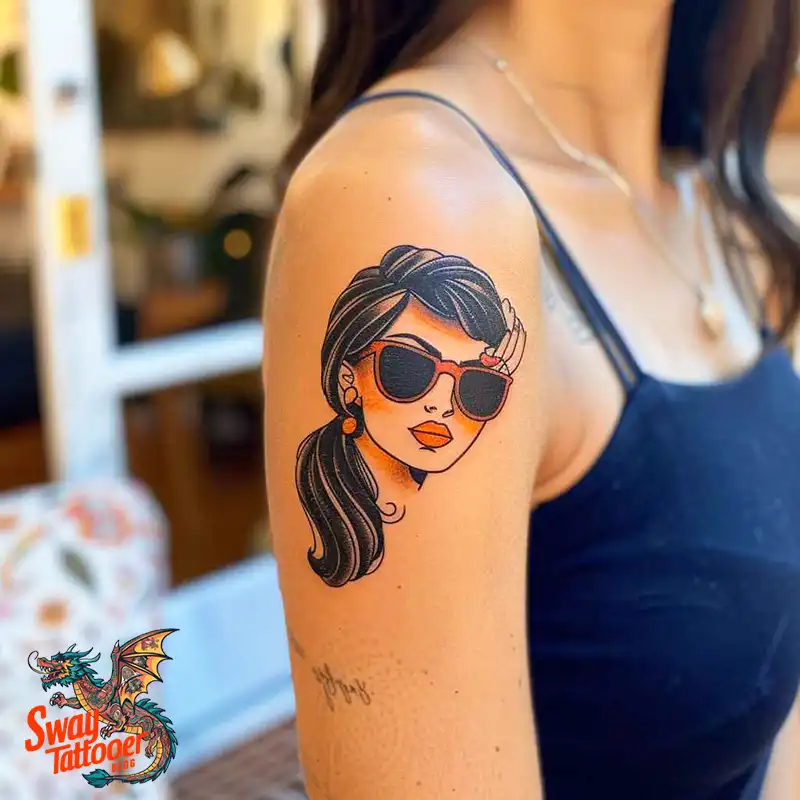
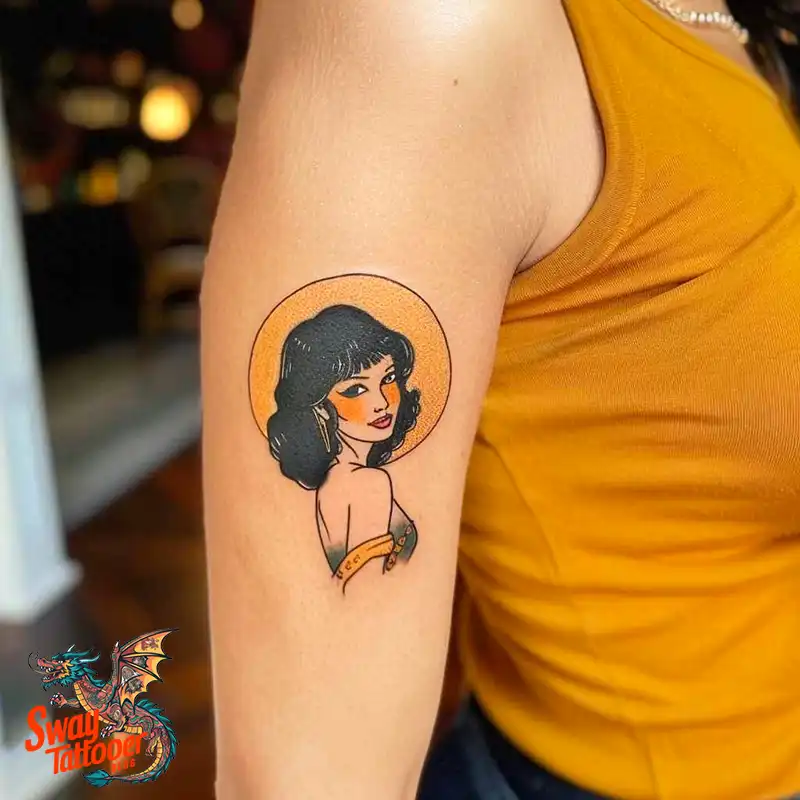
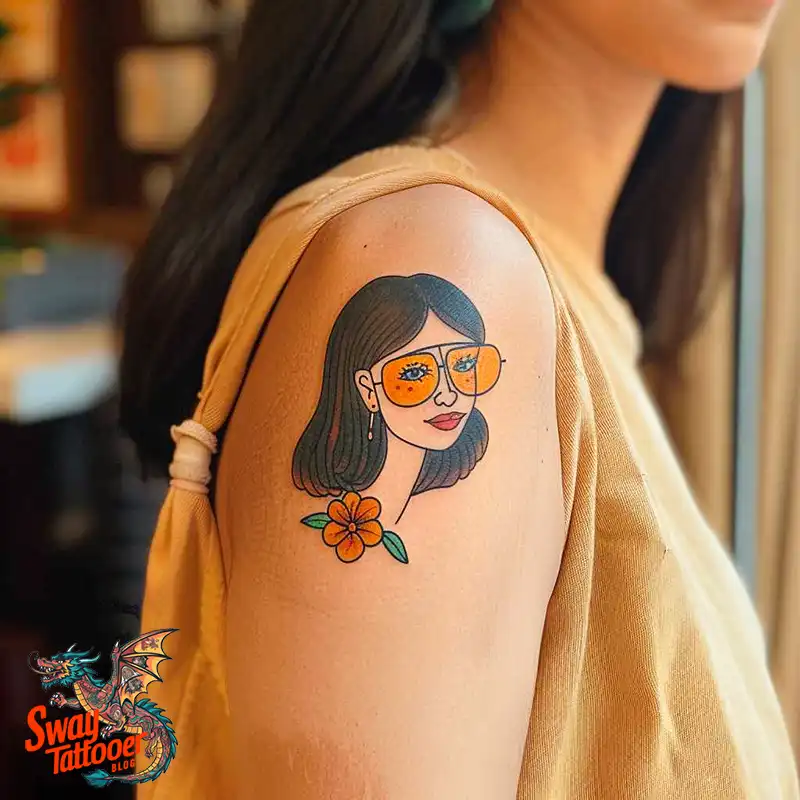
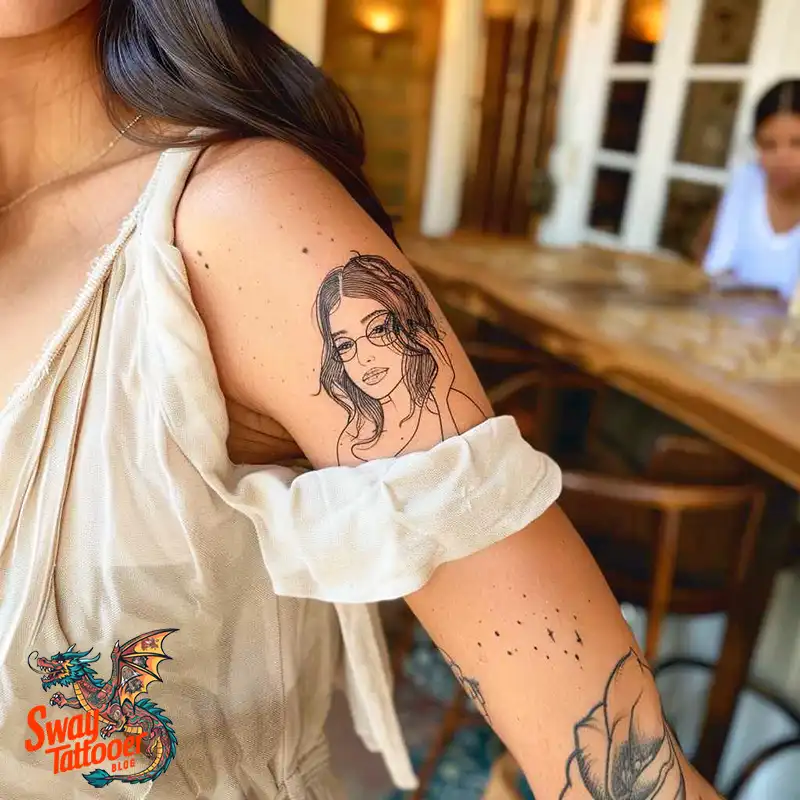
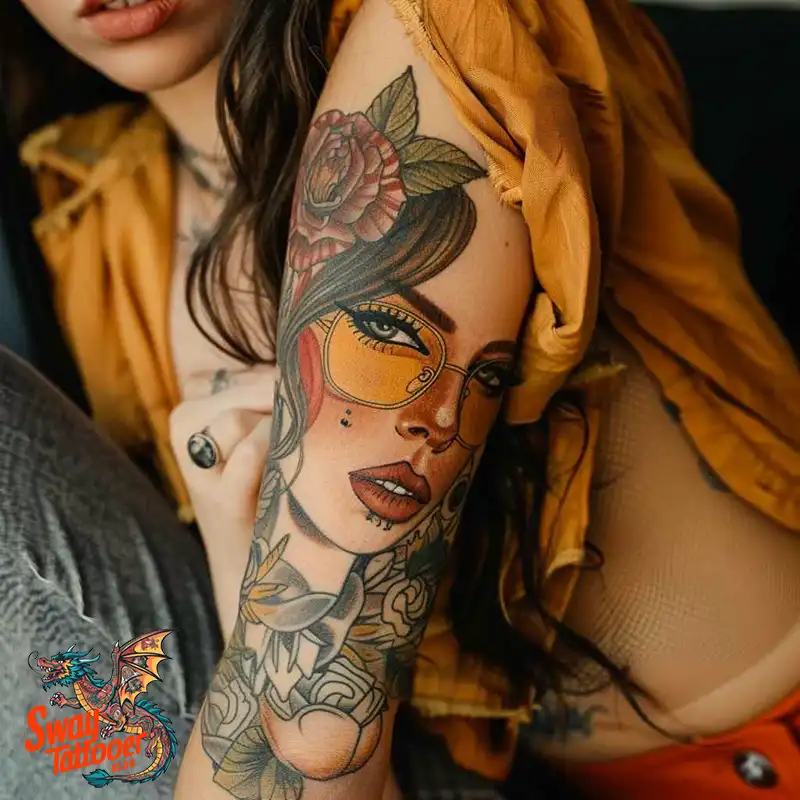
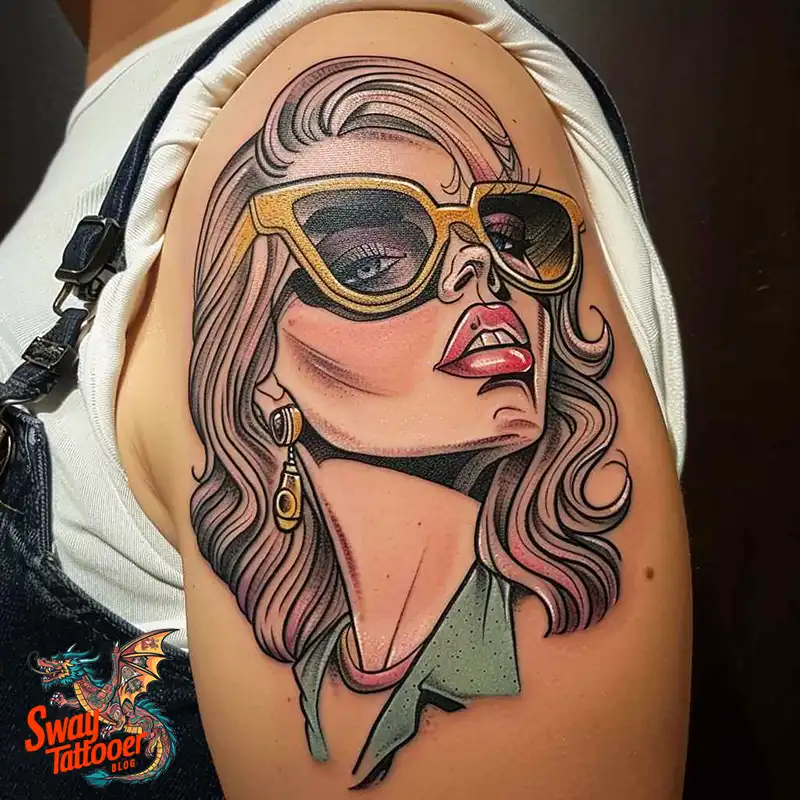
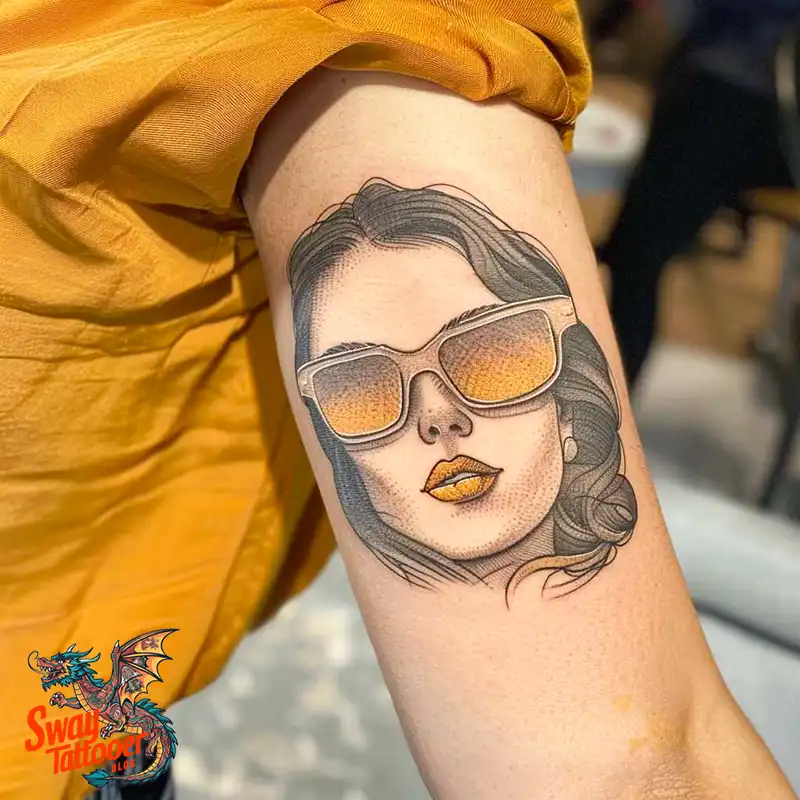
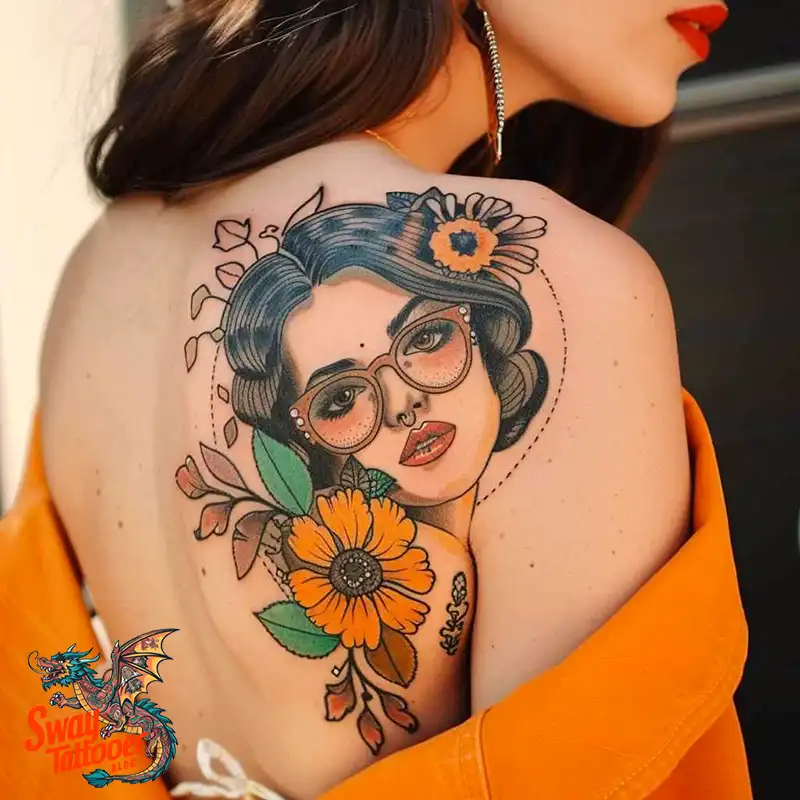
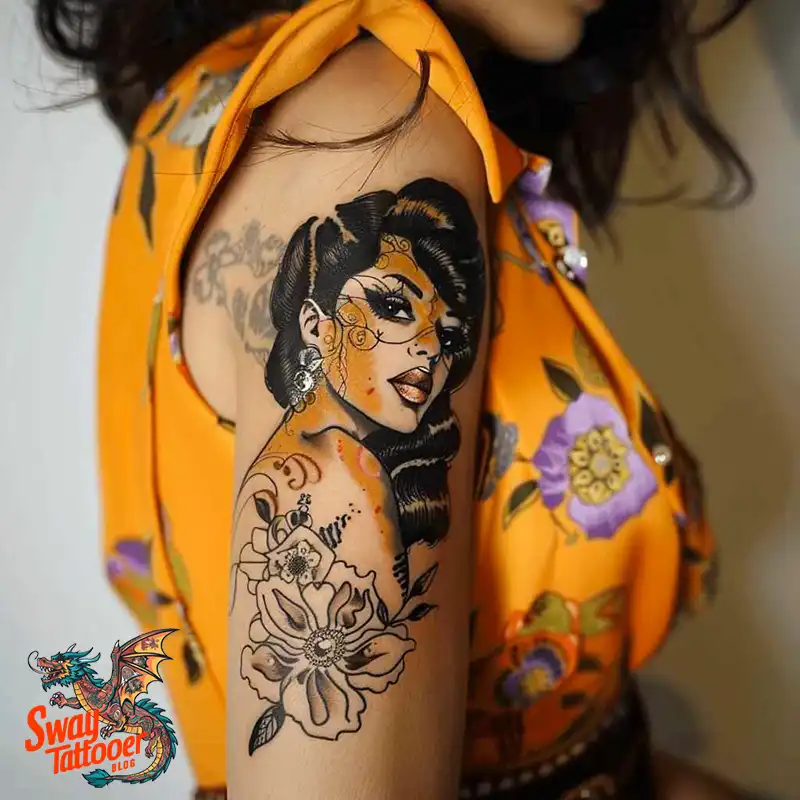
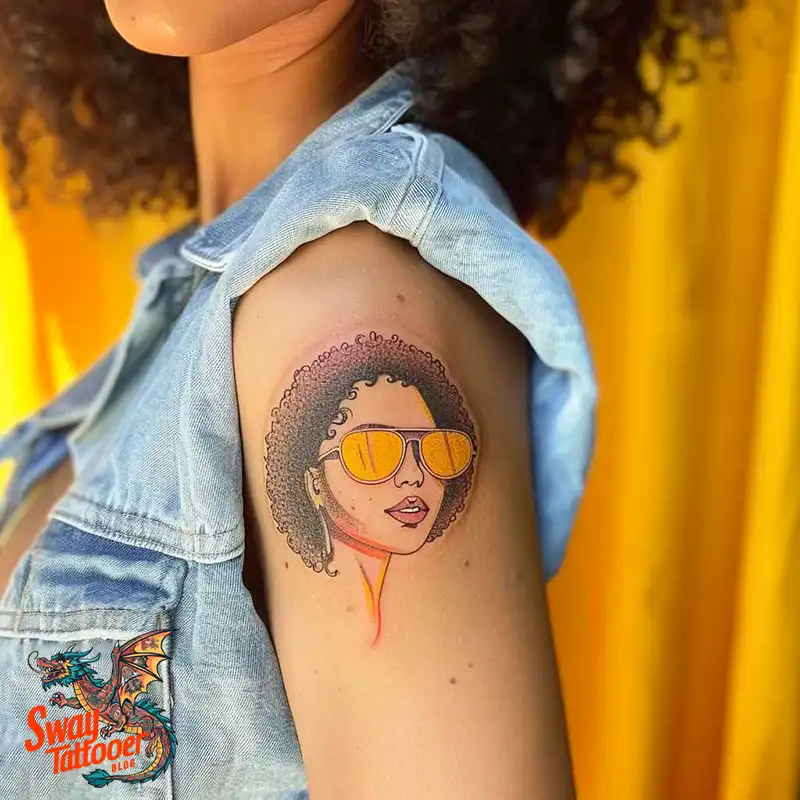
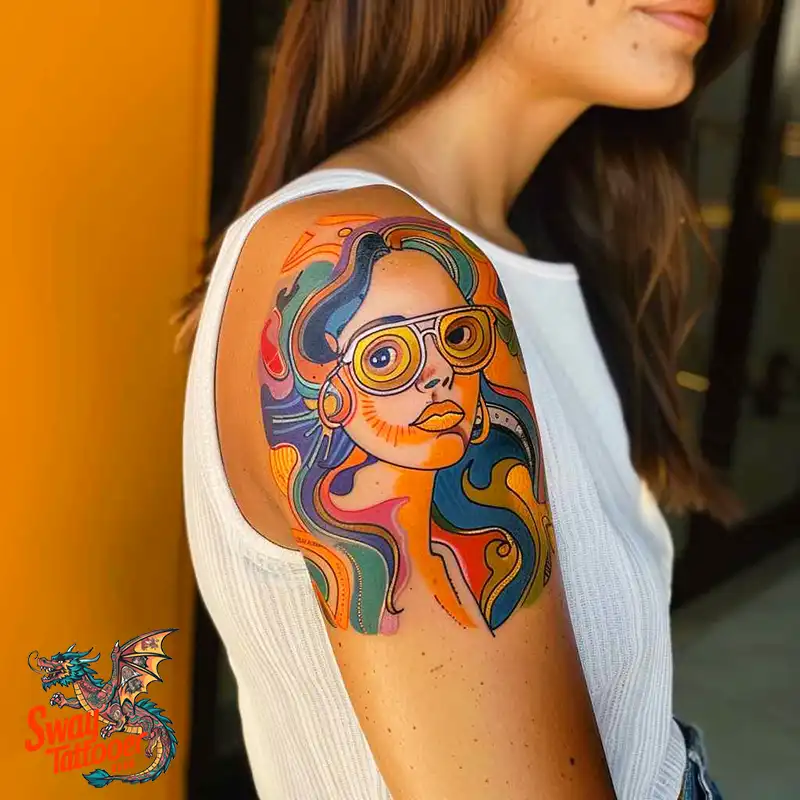
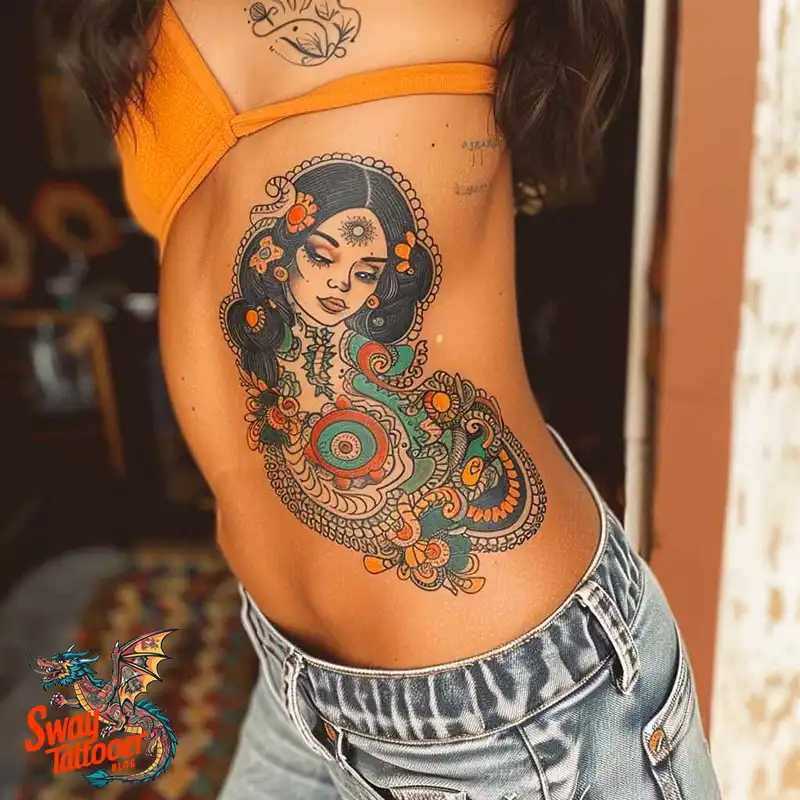
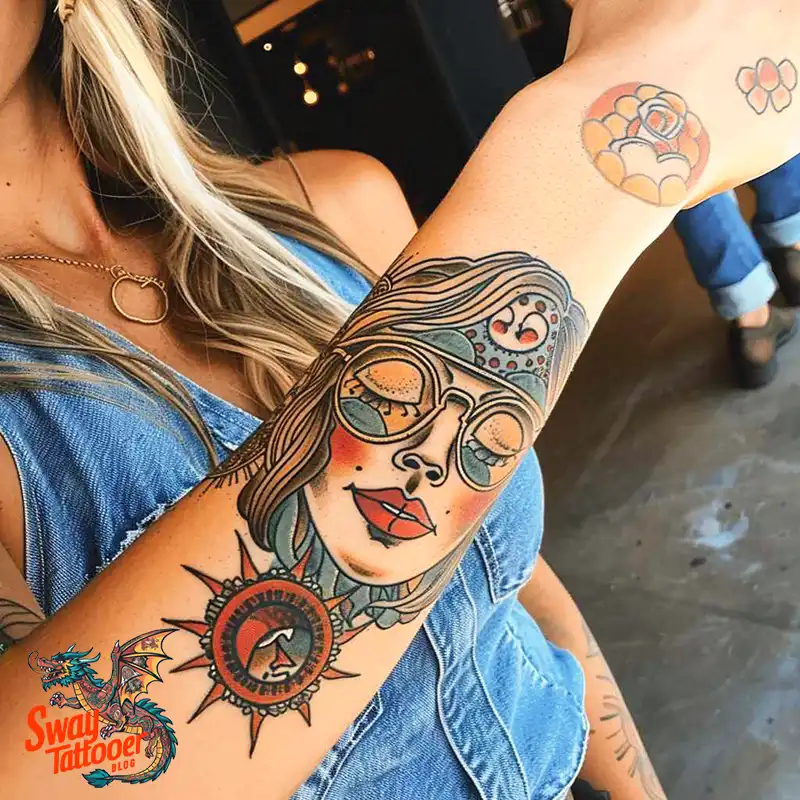
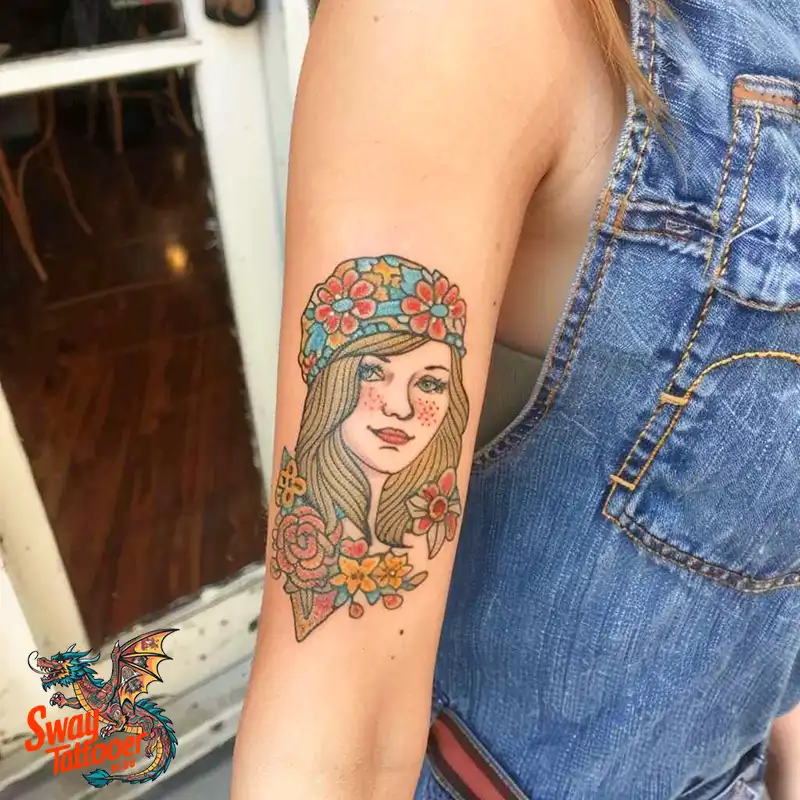
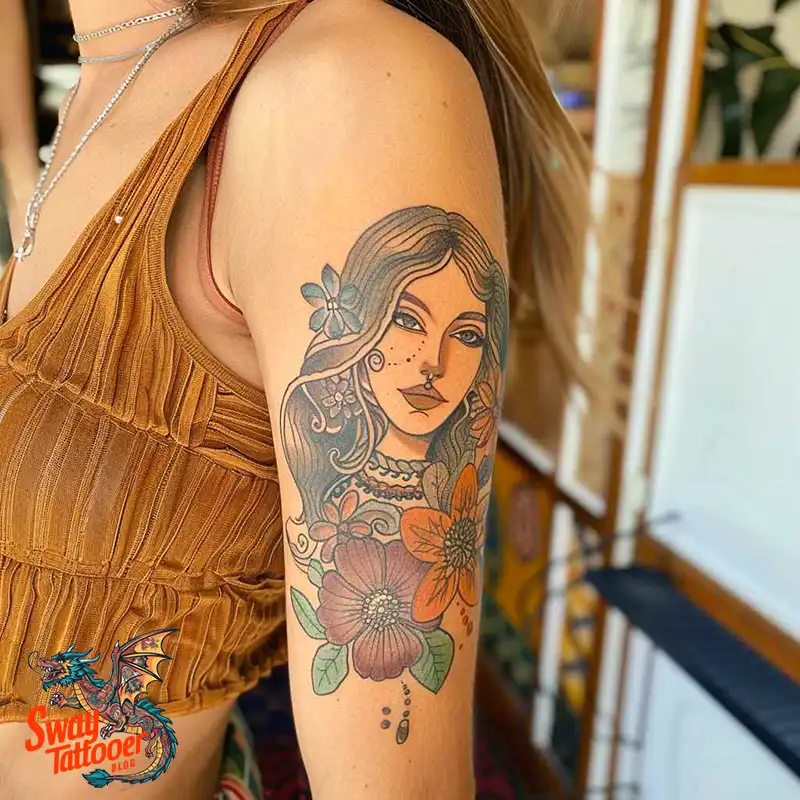
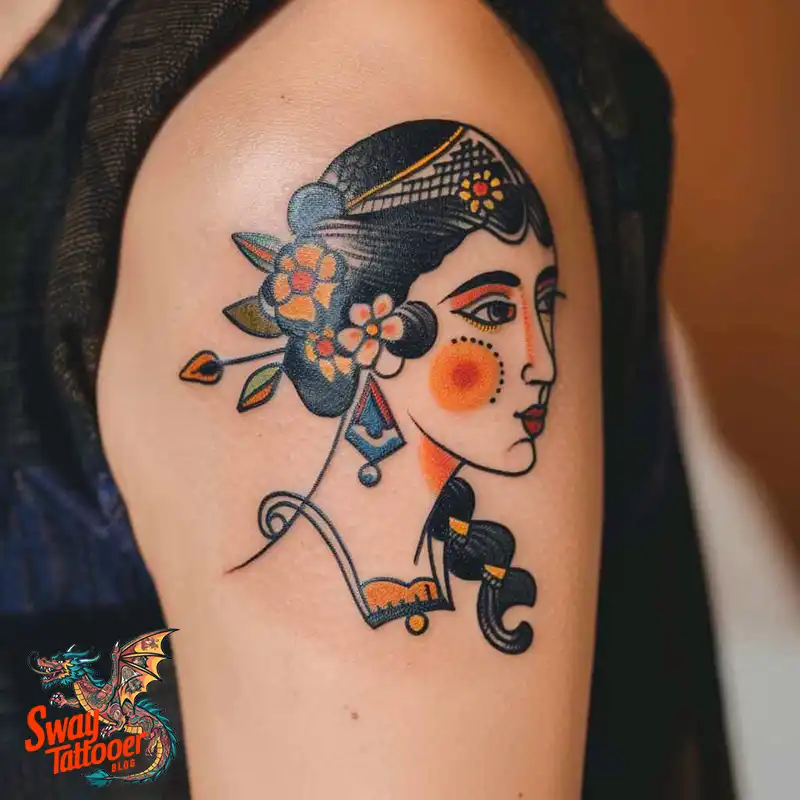
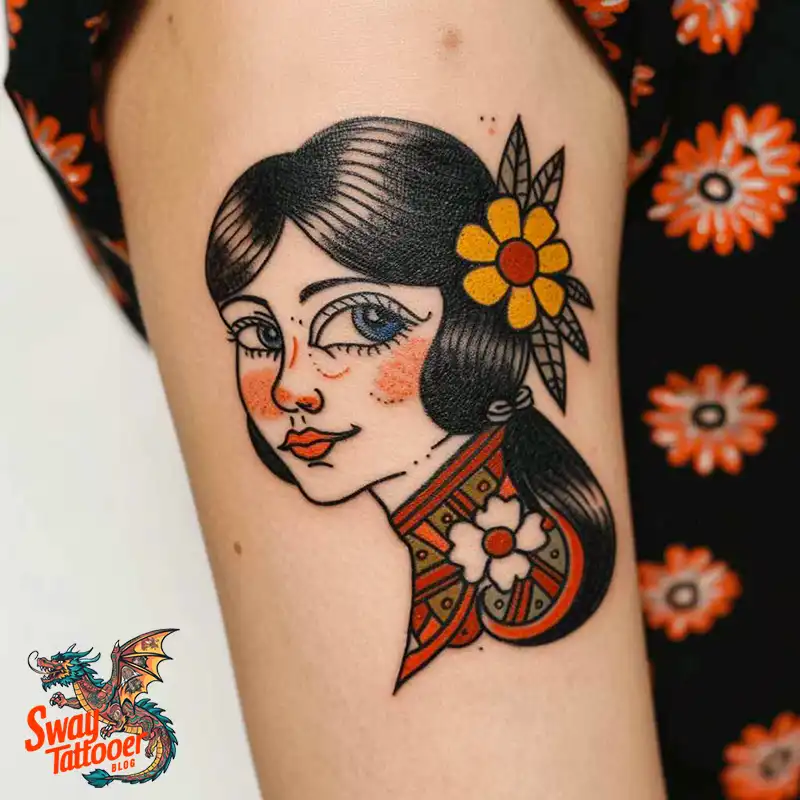
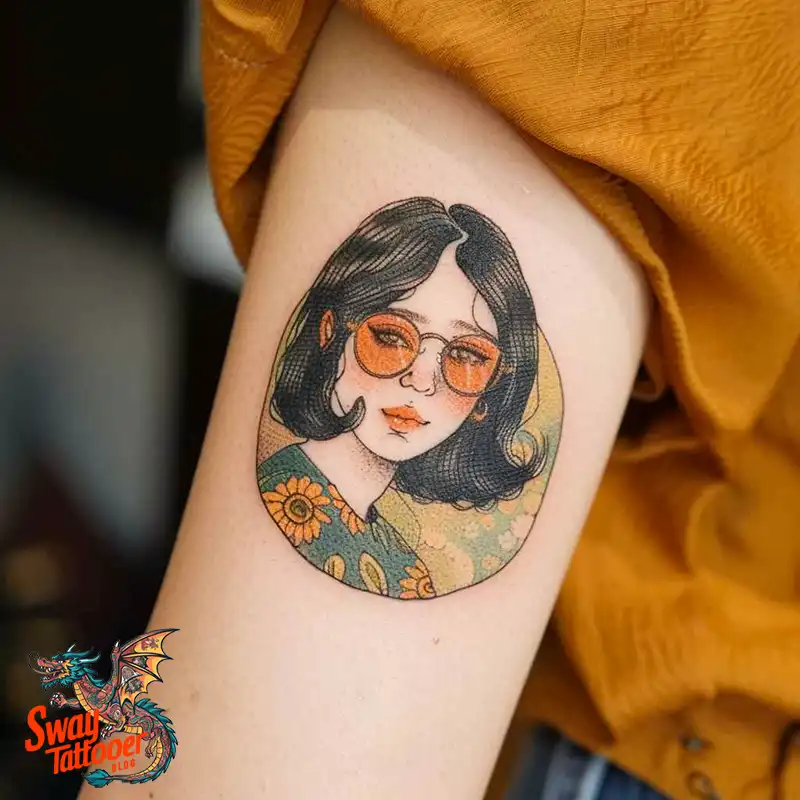
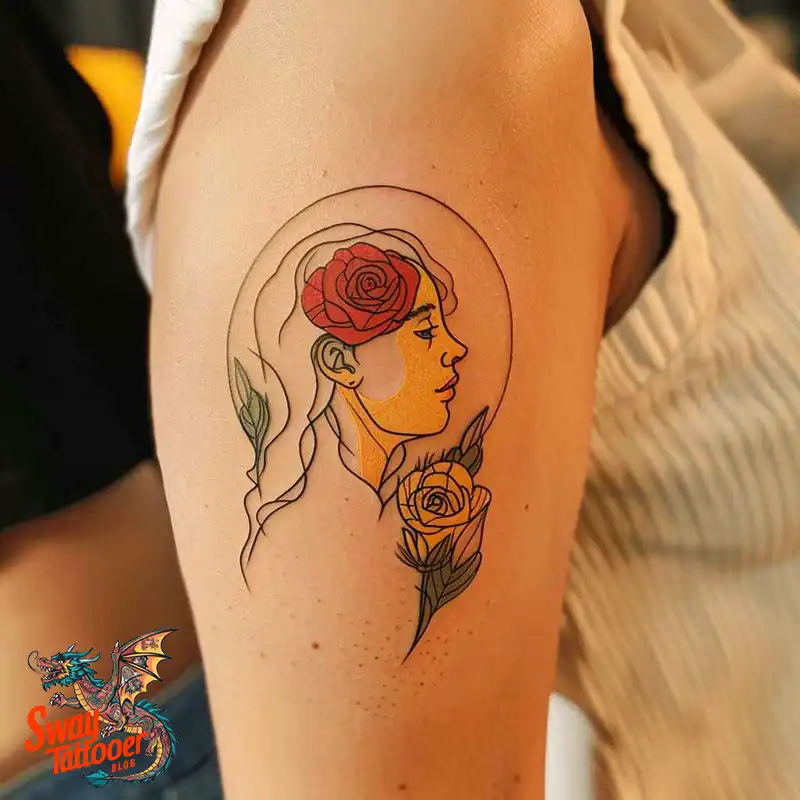
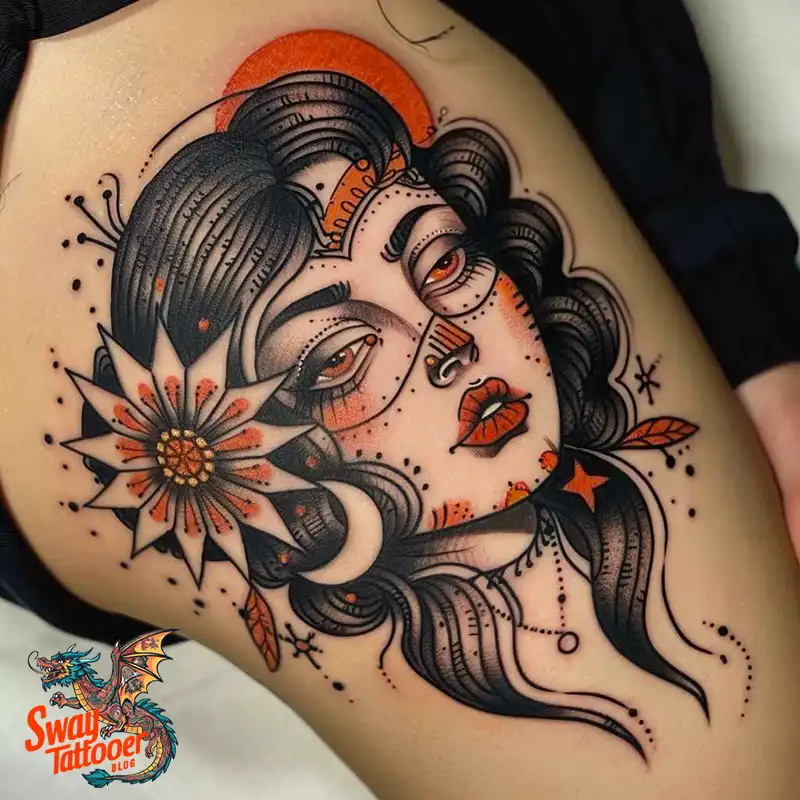
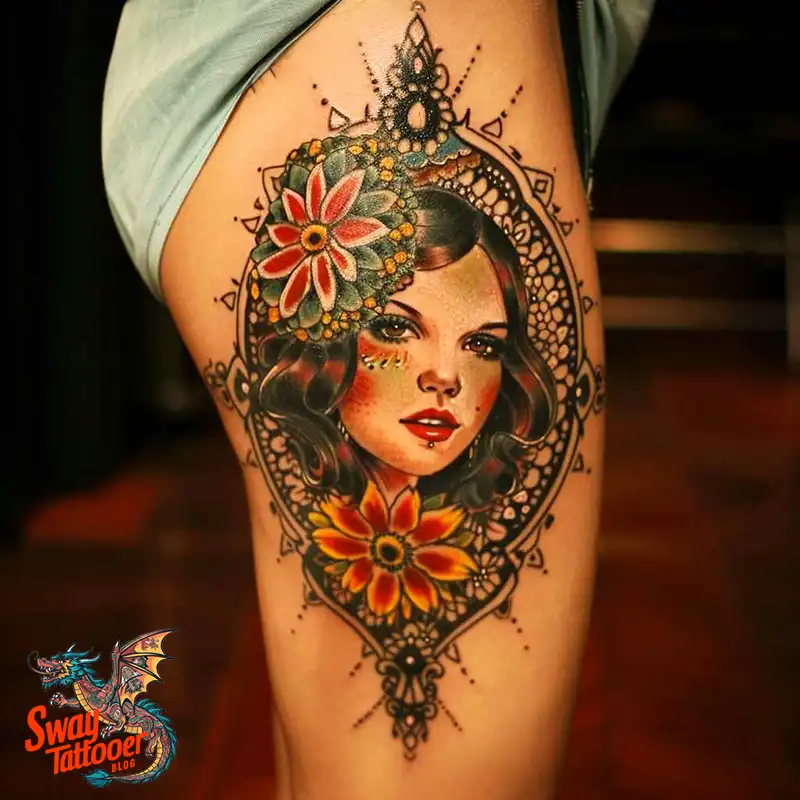
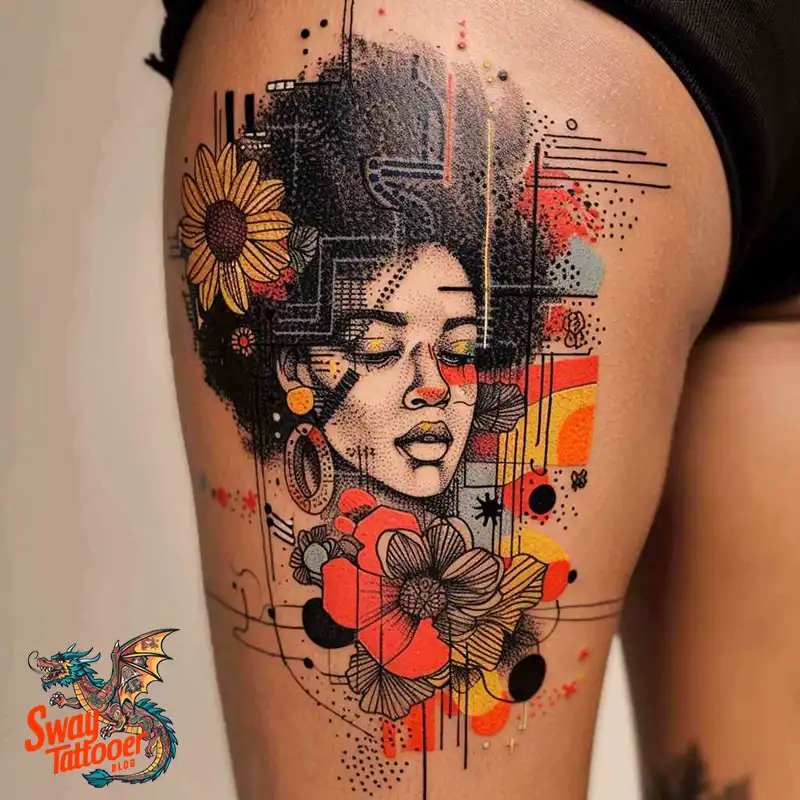
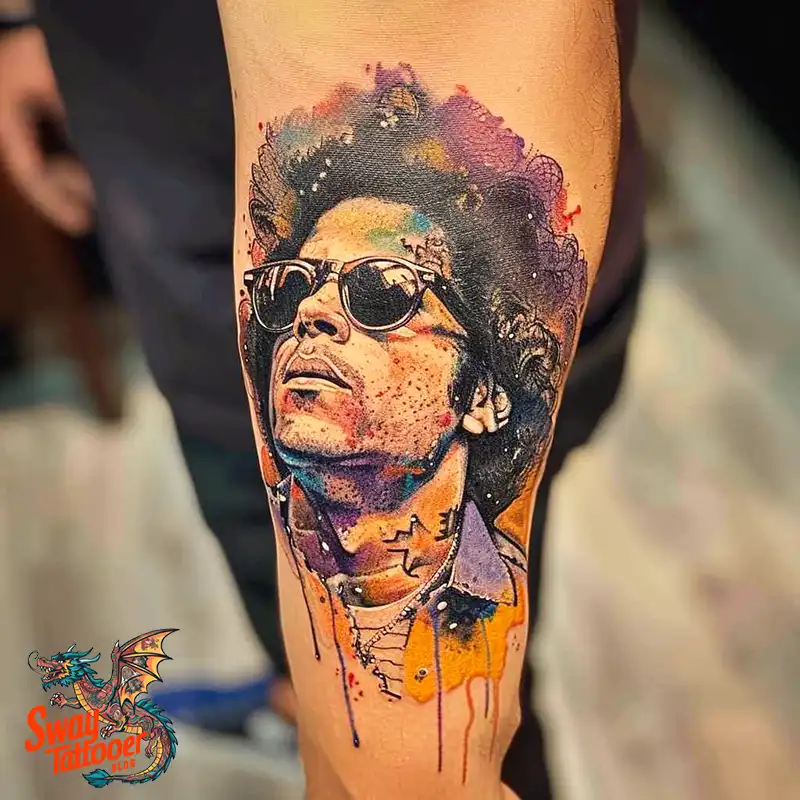
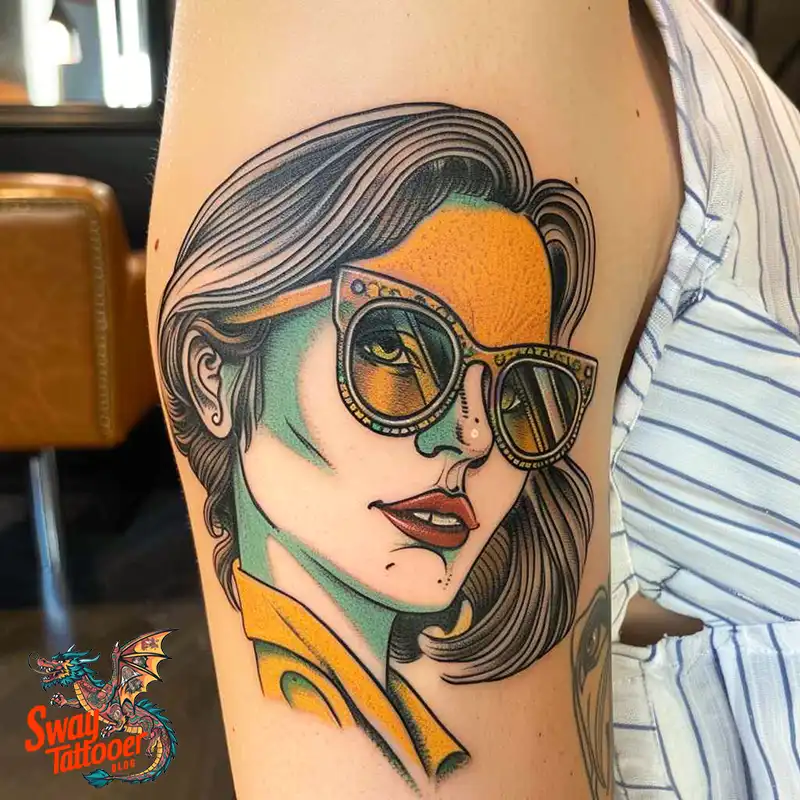
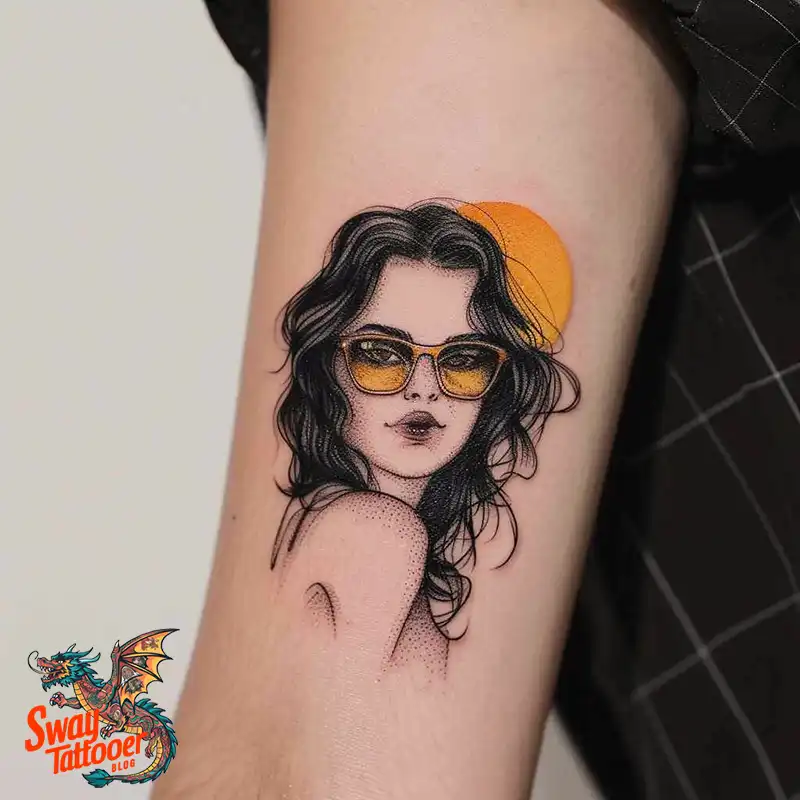
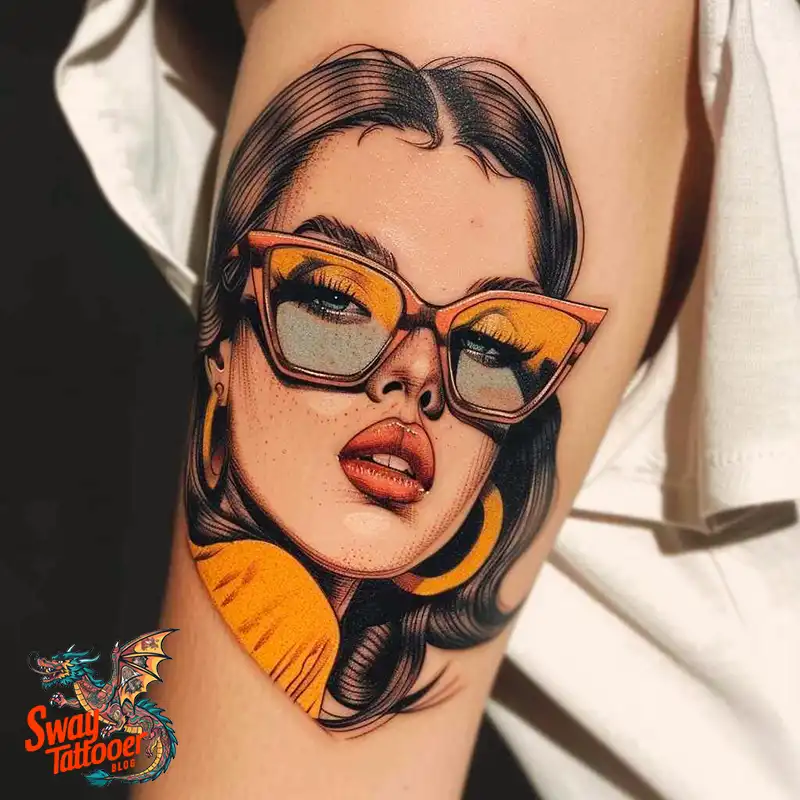
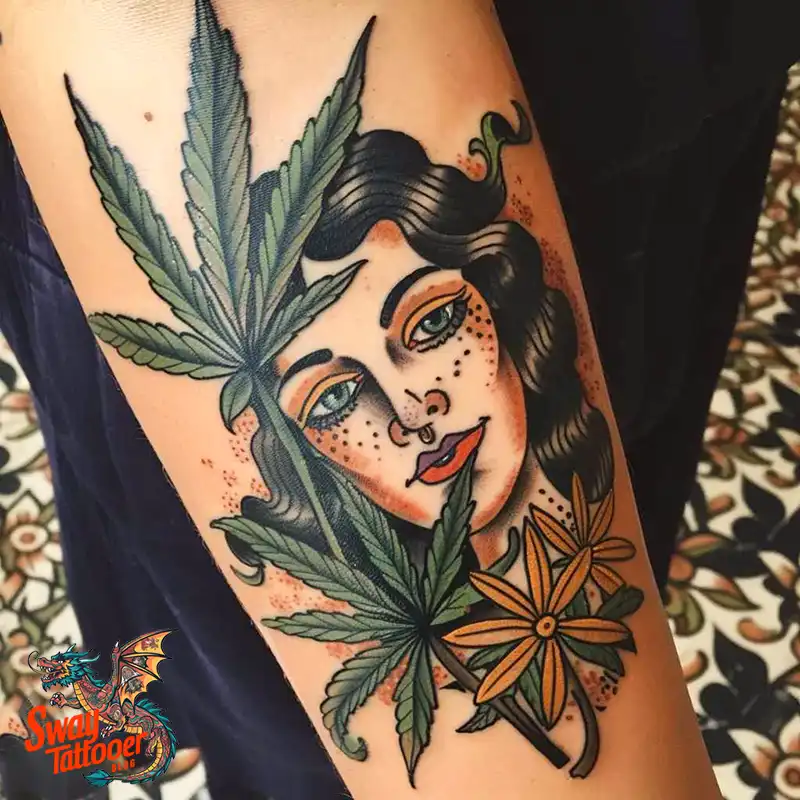
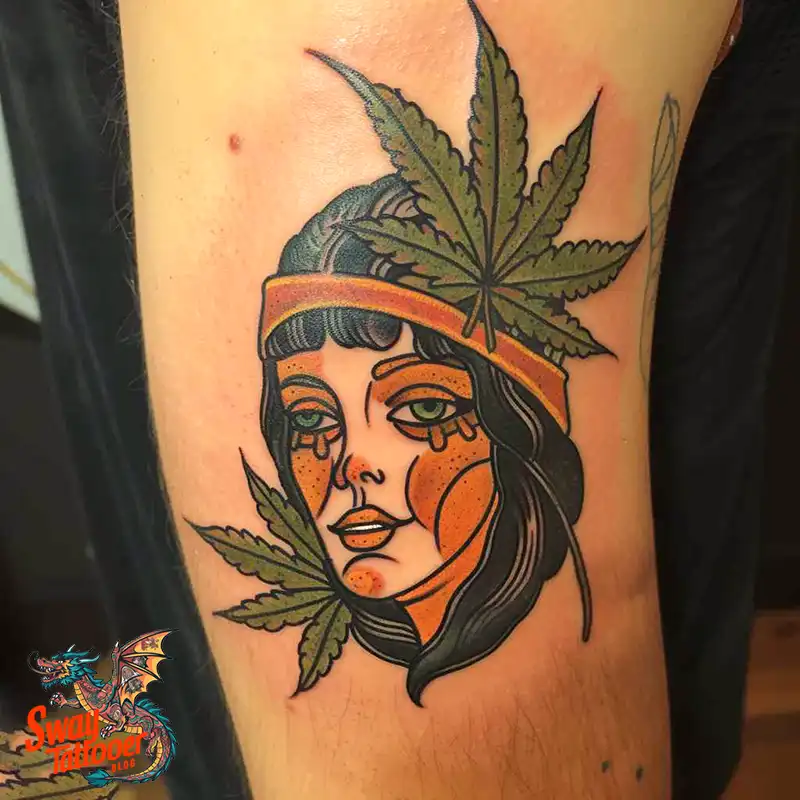
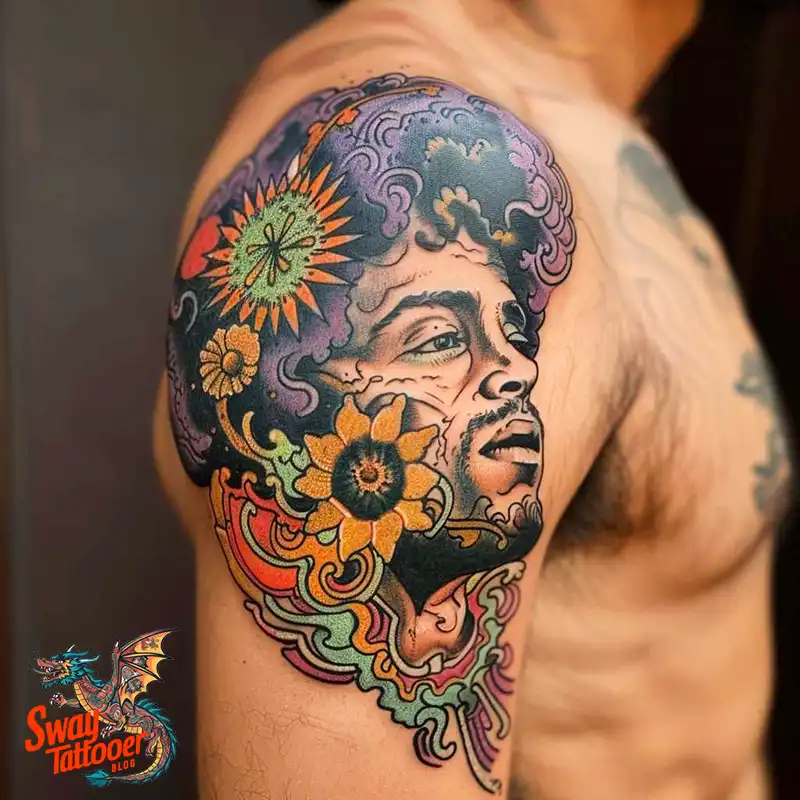
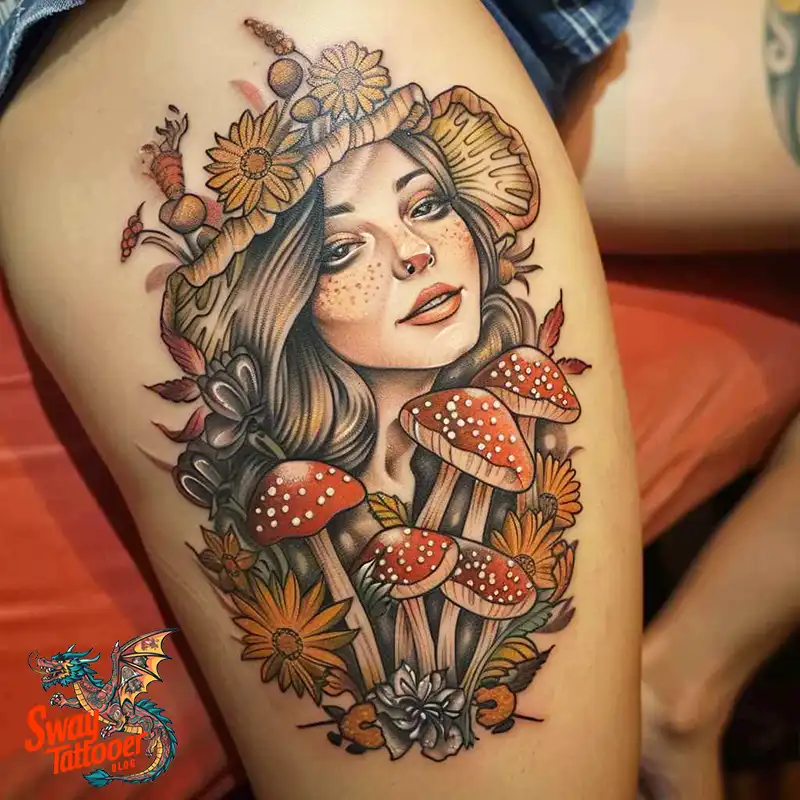
The Counterculture Movement
The 1970s were times of much social upheaval and radical change. The counterculture movement, born in the 1960s, lingered into the decade, informing the various ways in which individuals chose to express themselves through fashion, music, and art. Tattoos had now become an act of rebellion and identity among the young—those trying to rupture themselves from what was laid as a precedent by the previous generation.
Cultural Icons: Images of musicians and artists, like Jimi Hendrix or Janis Joplin, began to show up in tattoos.
Peace and Love:
Flower Power: Floral designs were symbolic of peace and love, reflective of the hippie movement.
Peace Symbols: Peace signs became unbelievably common in tattoos.
Psychedelic Influence:
Abstract Art: Swirling patterns, bright colors, and hallucinogenic images made their way into tattoo designs.
Artistic Evolution and Techniques
The 1970s brought big changes to tattoo art. Artists tried new styles and tools. They pushed what tattoos could do on skin.
Personalization & Self-Expression
Tattoos became more personal. Instead of choosing a flash design from a wall, people asked for custom work. Tattoos started to tell personal stories.
Portraits
New shading methods let artists create lifelike faces. Portrait tattoos grew more common and more realistic.
Fine-Art Inspiration & Black and Grey Realism
Artists borrowed ideas from drawing and painting. They used smooth shading and fine detail. Black and grey work became a strong, classic look.
New Equipment and Inks
Better machines and more ink options arrived. Artists could use brighter colors and finer lines. This helped the art grow more detailed and lasting.
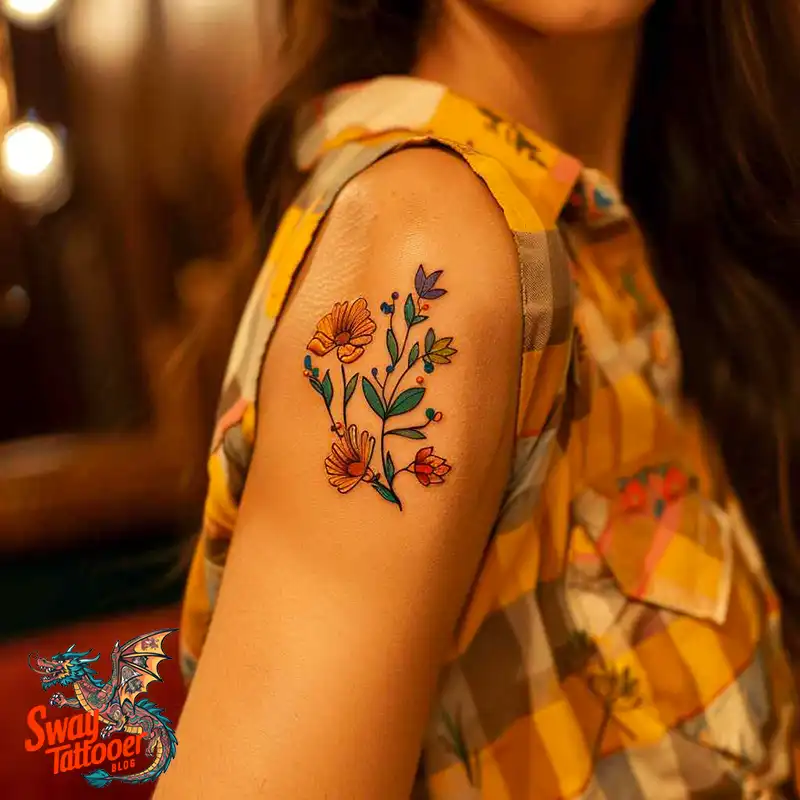
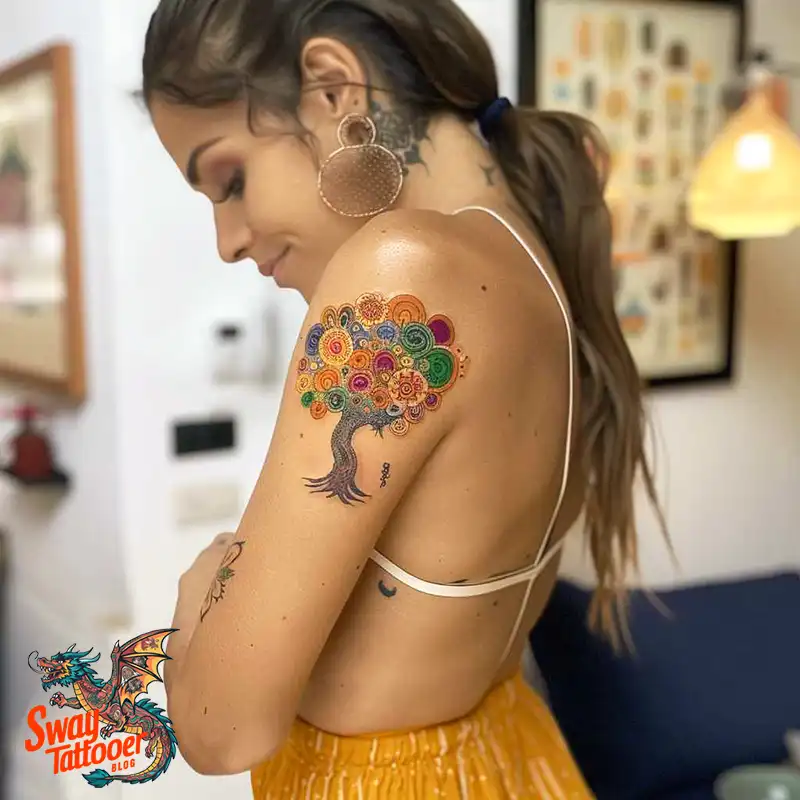
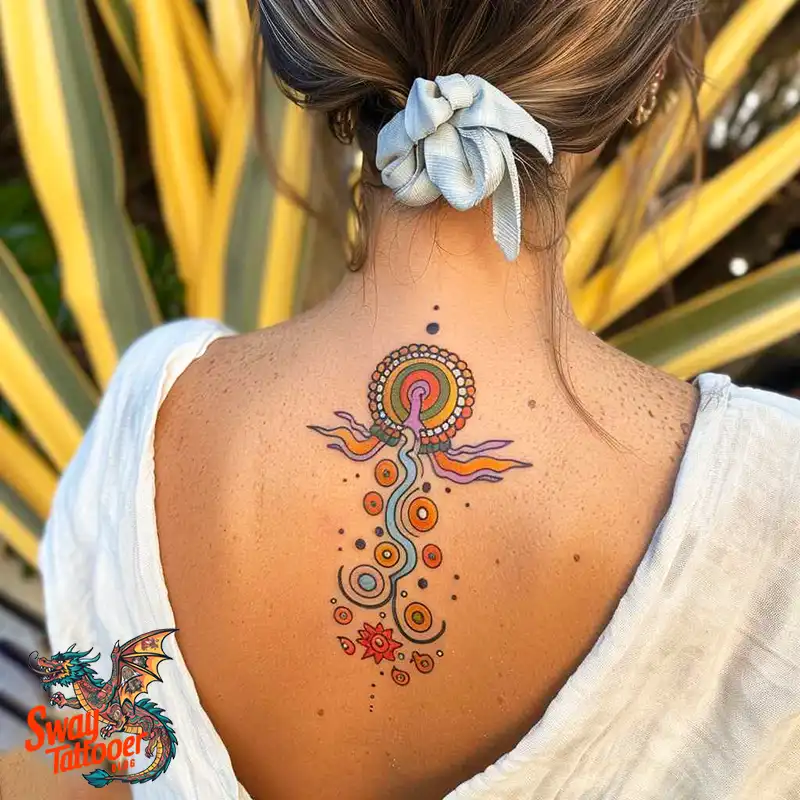
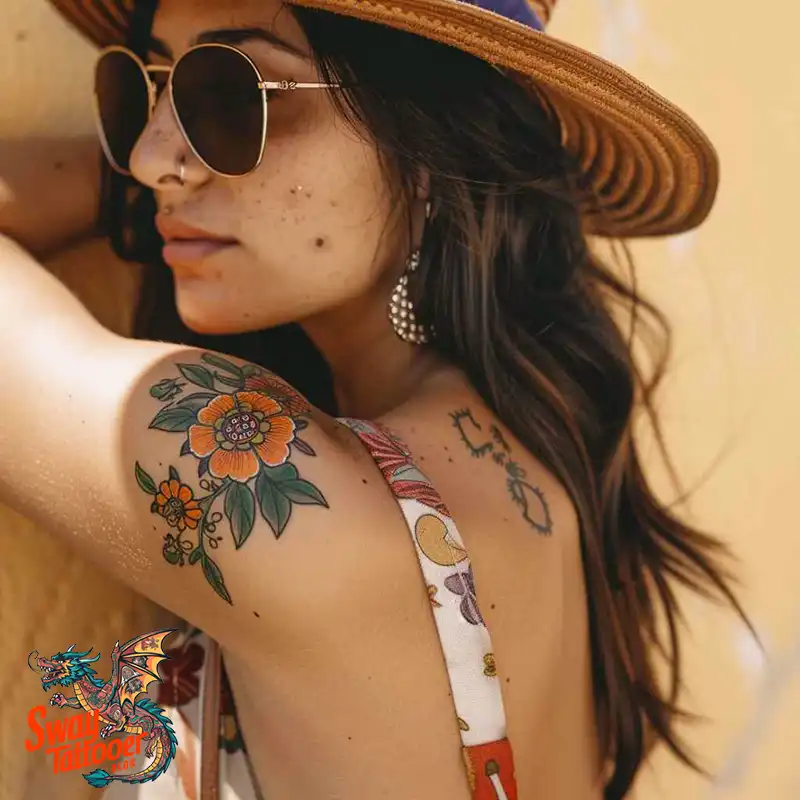
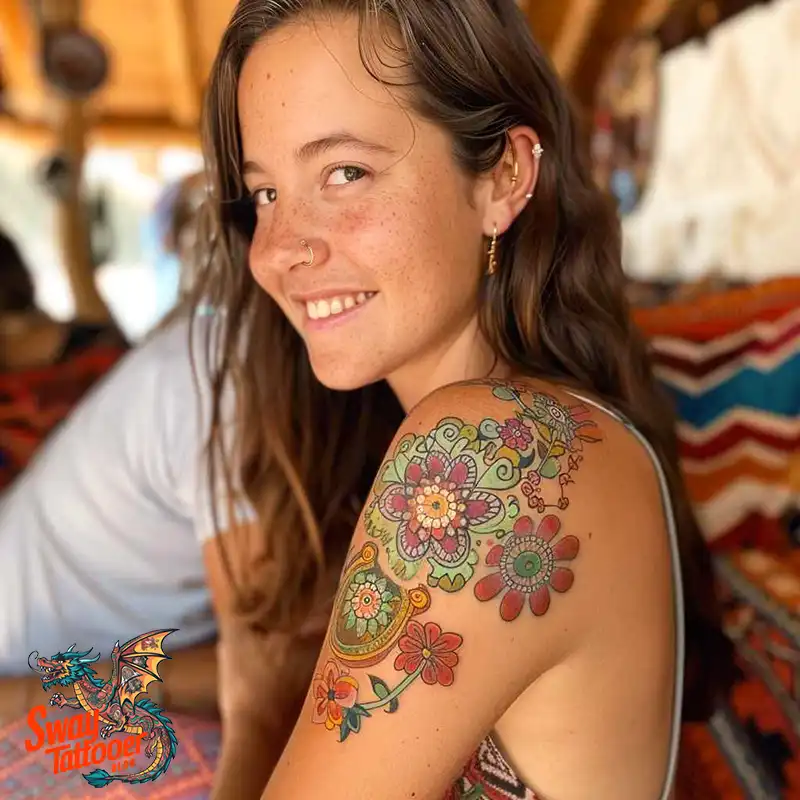
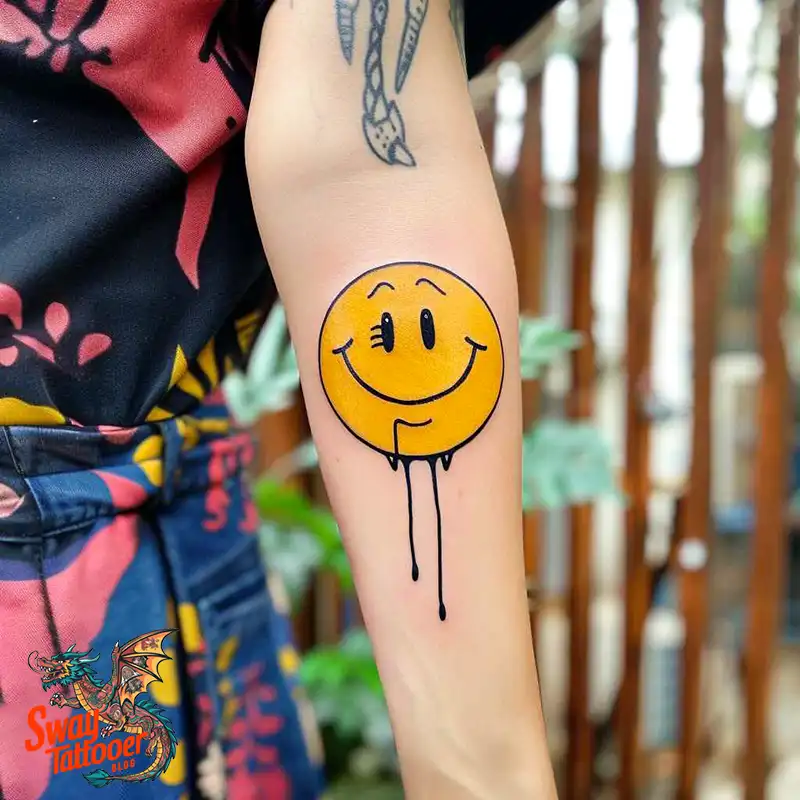
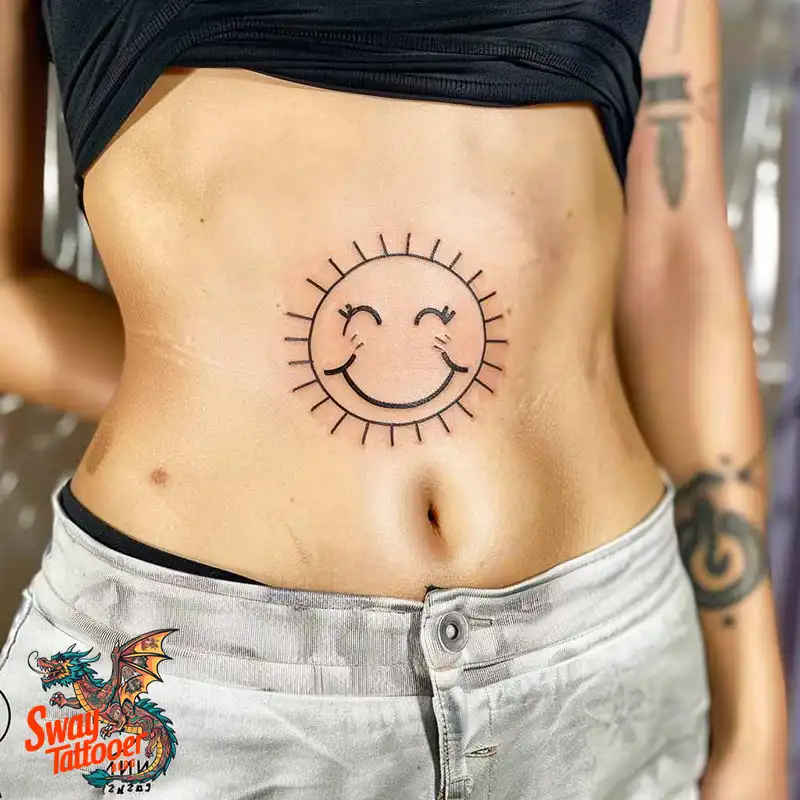
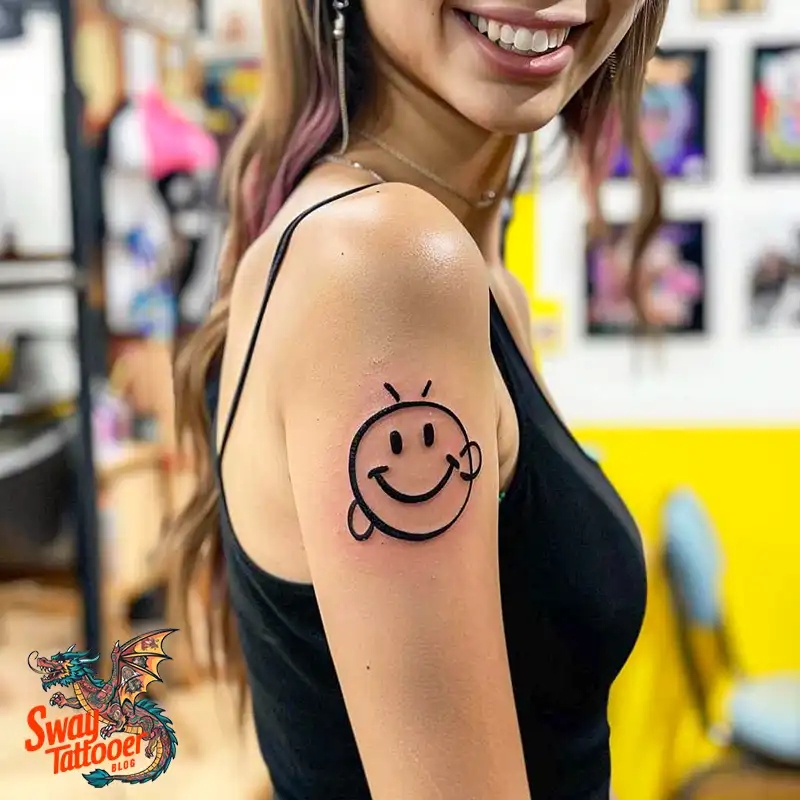
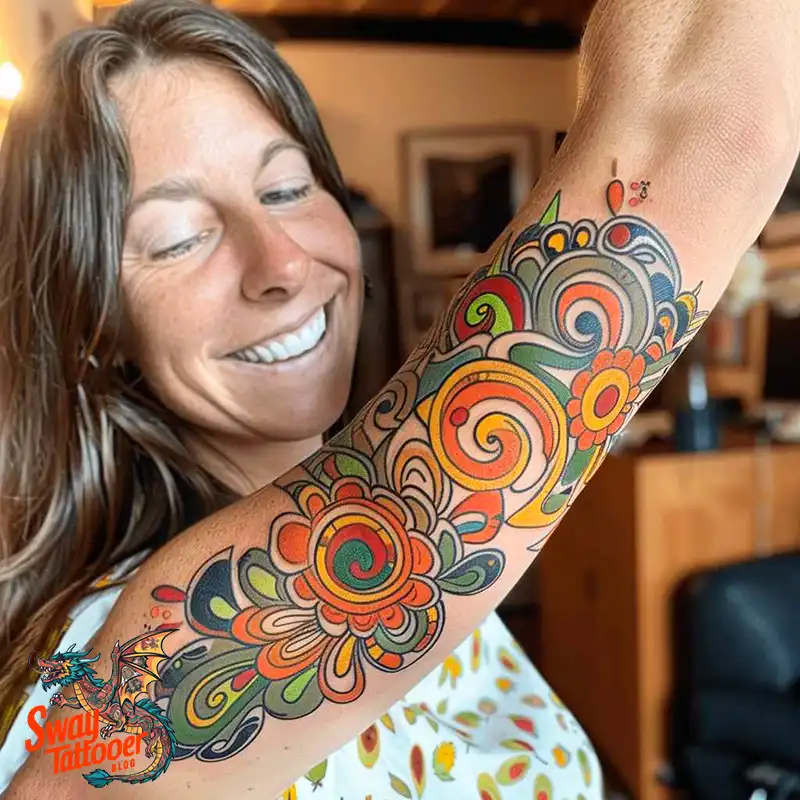
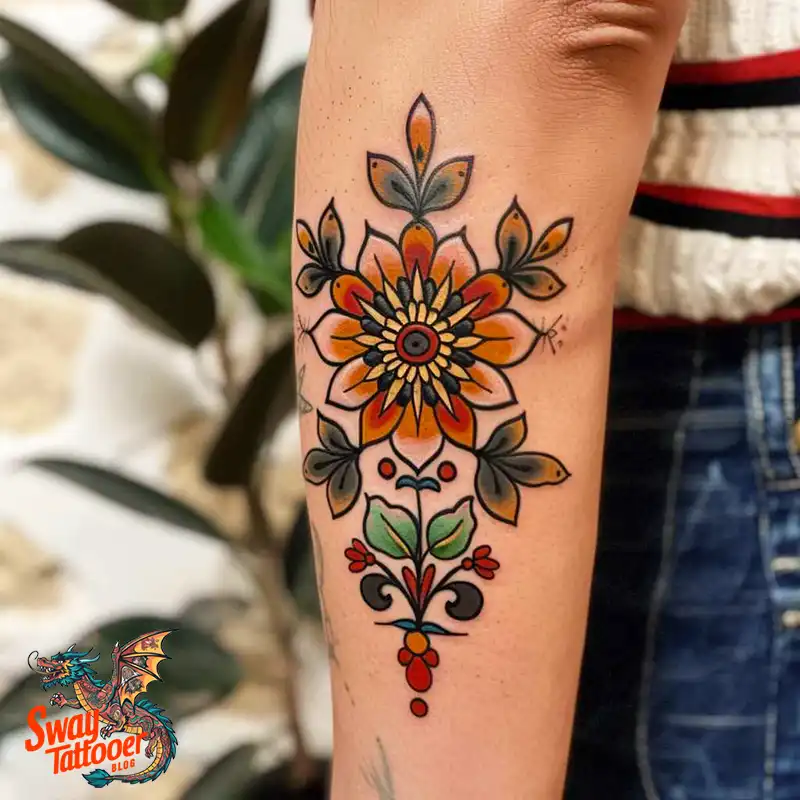
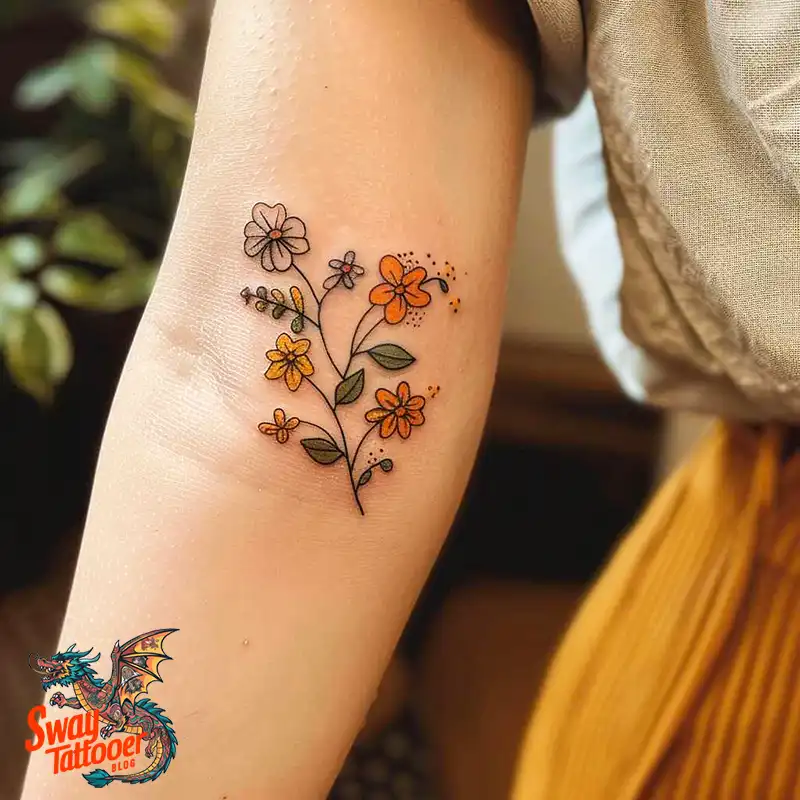
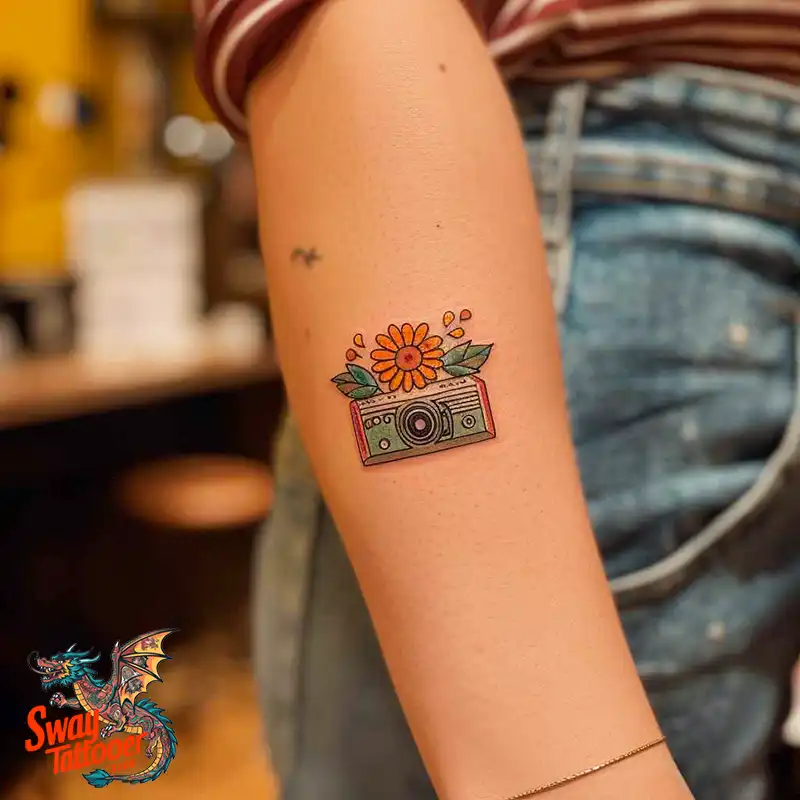
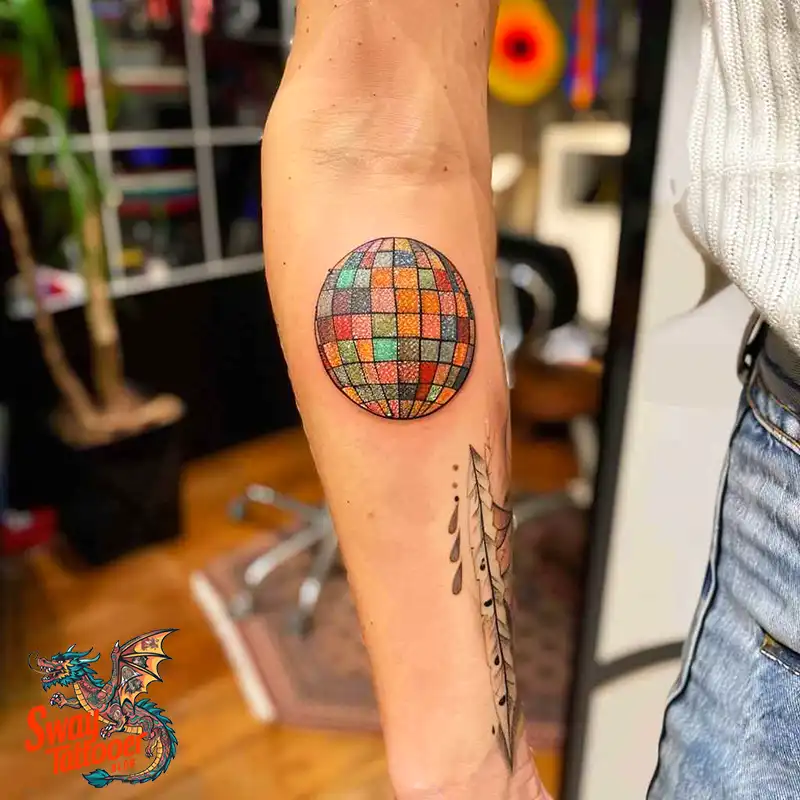
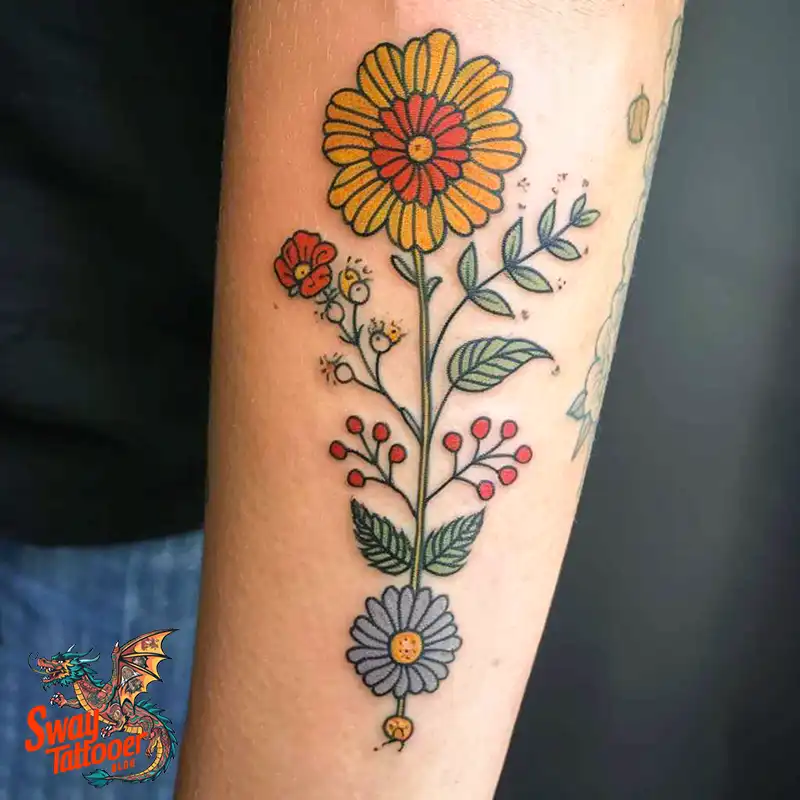
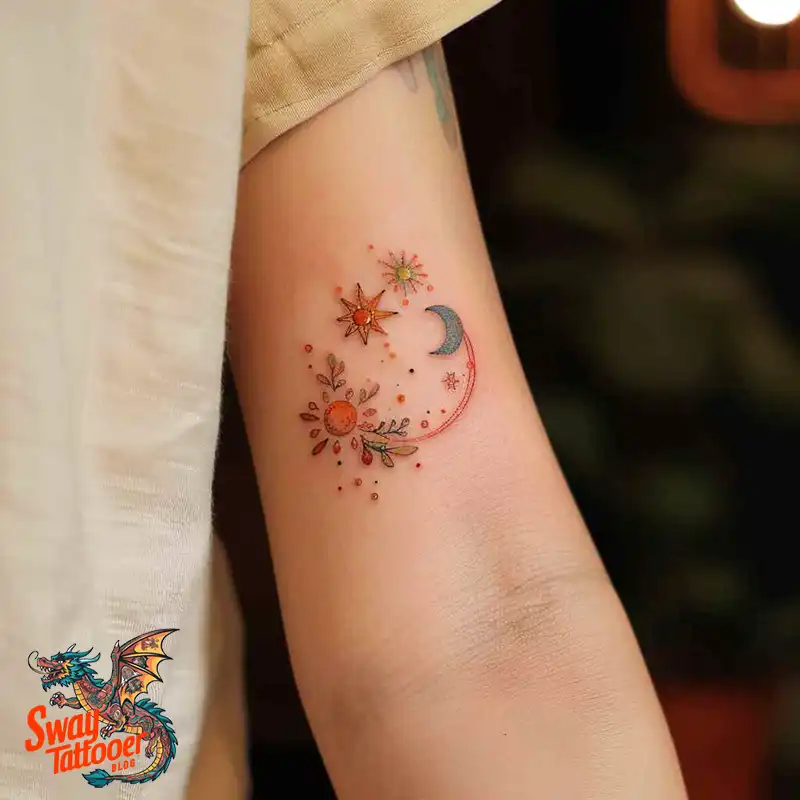
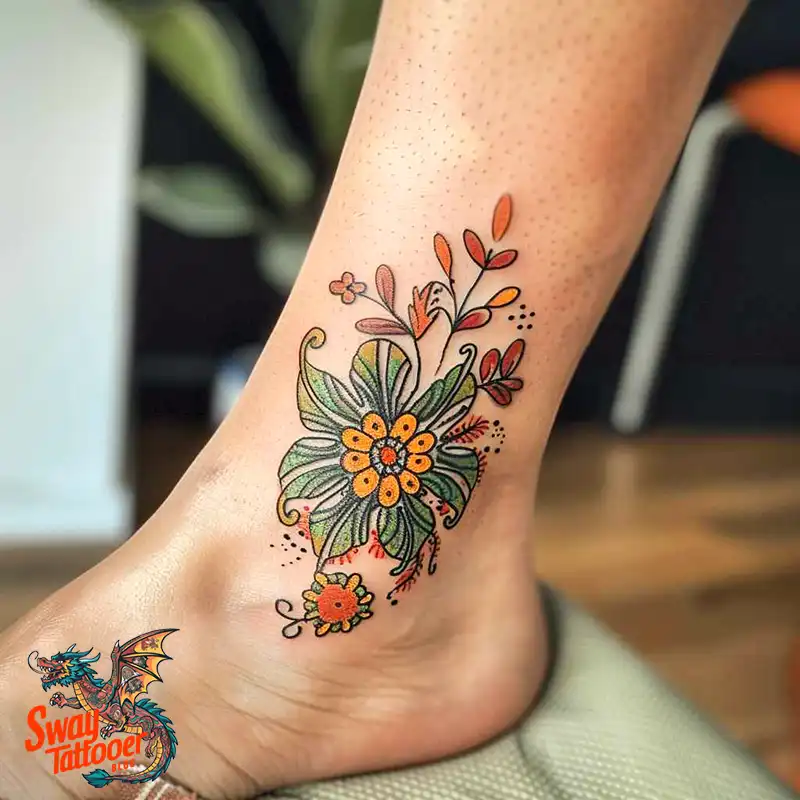
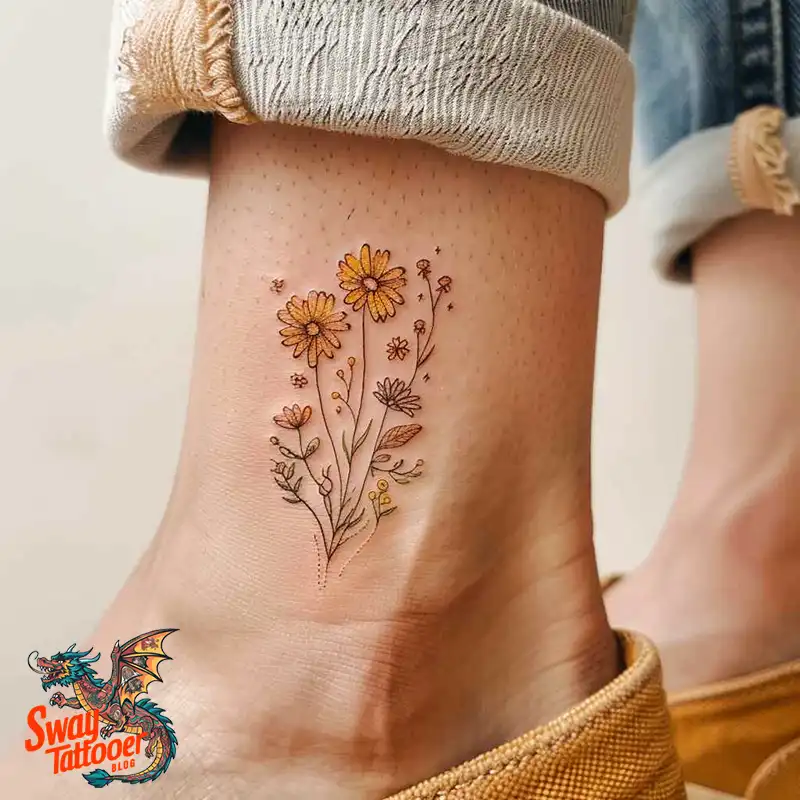
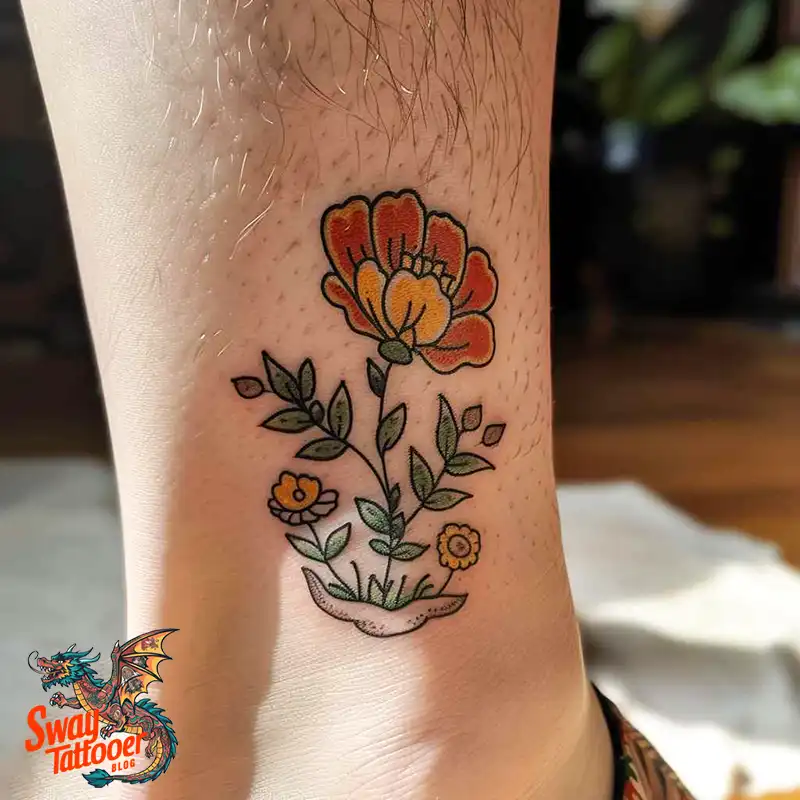
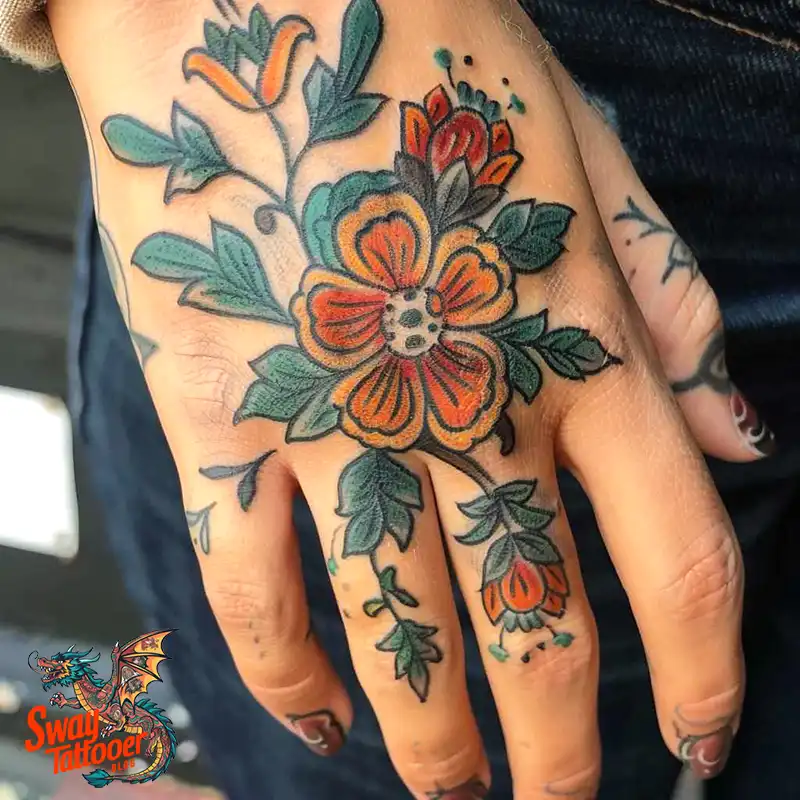
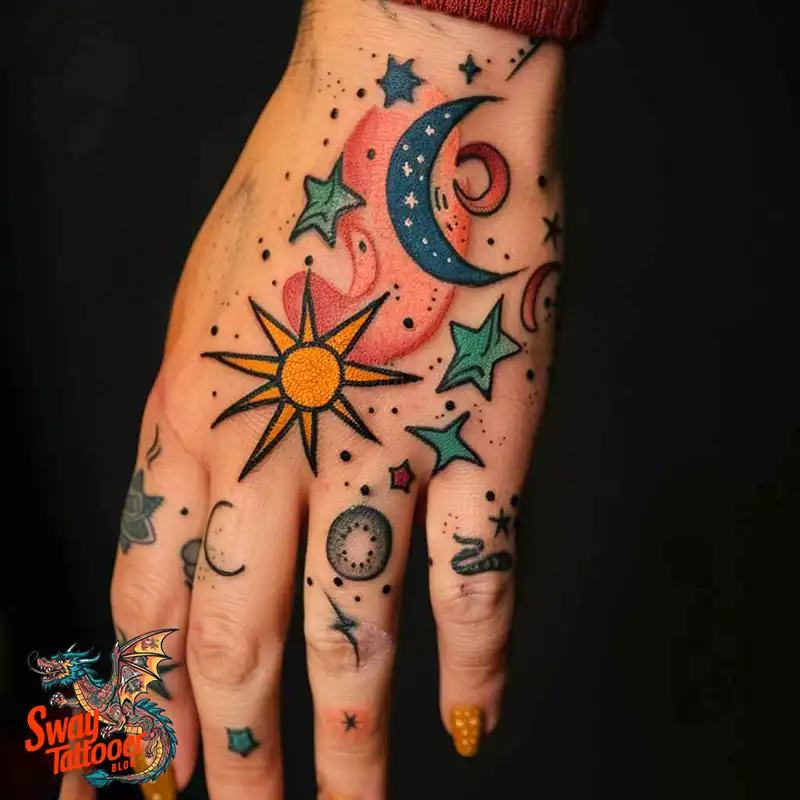
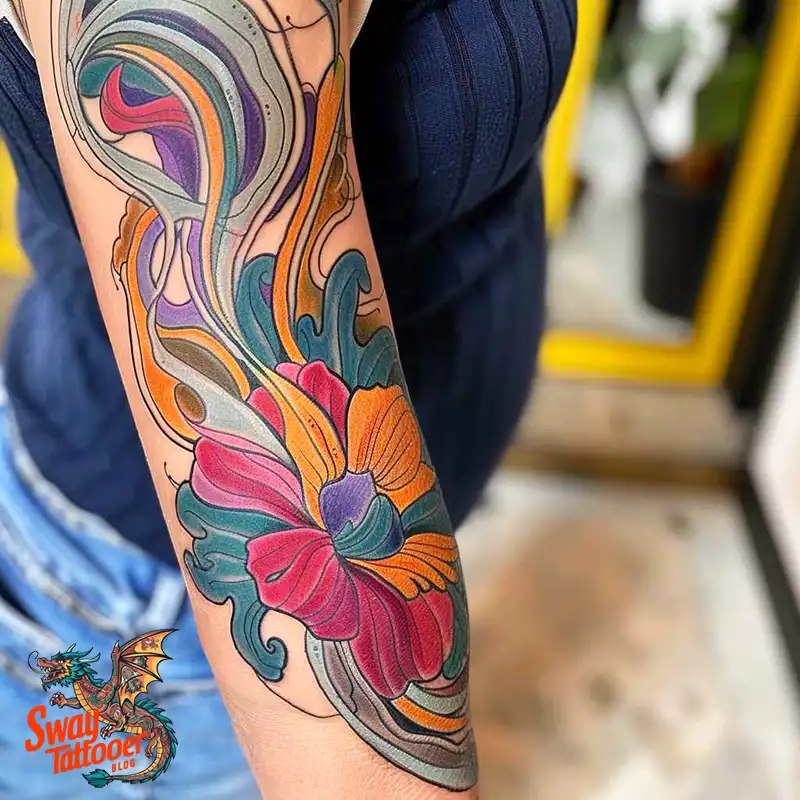
Influential Tattoo Artists of the 70s
A few artists shaped the scene and helped tattoos reach more people.
- Lyle Tuttle: A well-known name in that era. He tattooed celebrities like Janis Joplin and Cher. He helped make tattoos more accepted by the public.
- Don Ed Hardy: He brought Japanese styles to the West. He trained under a Japanese master and mixed those ideas into his own work. His style helped spread Japanese tattoo art around the world.
Tattoos as Social Statements
In the 1970s, tattoos often made social or political points. People used ink to show what they believed.
- Feminism: Many women chose tattoos as a mark of independence. Designs showed strength and sisterhood.
- Civil Rights: Activists used symbols of unity and equality. Tattoos became part of larger social movements.
The Legacy of 70s Tattoos
The 1970s changed tattoo culture for good. The decade moved tattoos from the fringe into the public eye. It set the ground for today’s scene.
Modern Implications
Custom, meaningful tattoos are still central today. Techniques from the 1970s keep evolving. They are now core parts of modern tattooing.
Cultural Integration
Tattoos are more accepted now. Many old taboos have faded. Today’s tattoo world mixes global styles, personal stories, and art.
The 1970s were rough, bold, and vital. They turned tattooing into a true art form. The decade’s influence still inspires artists and collectors now.
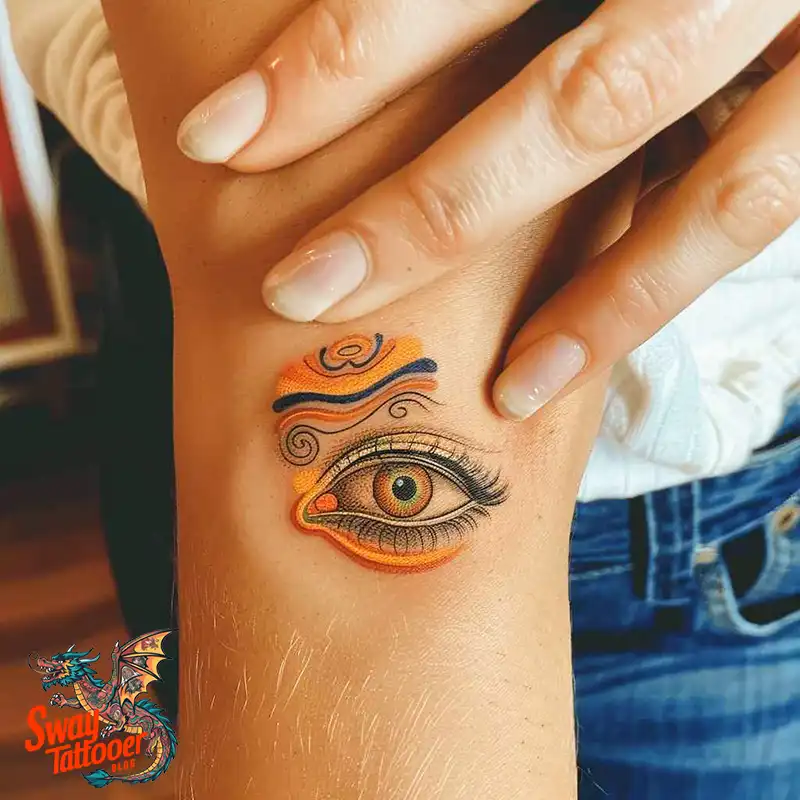
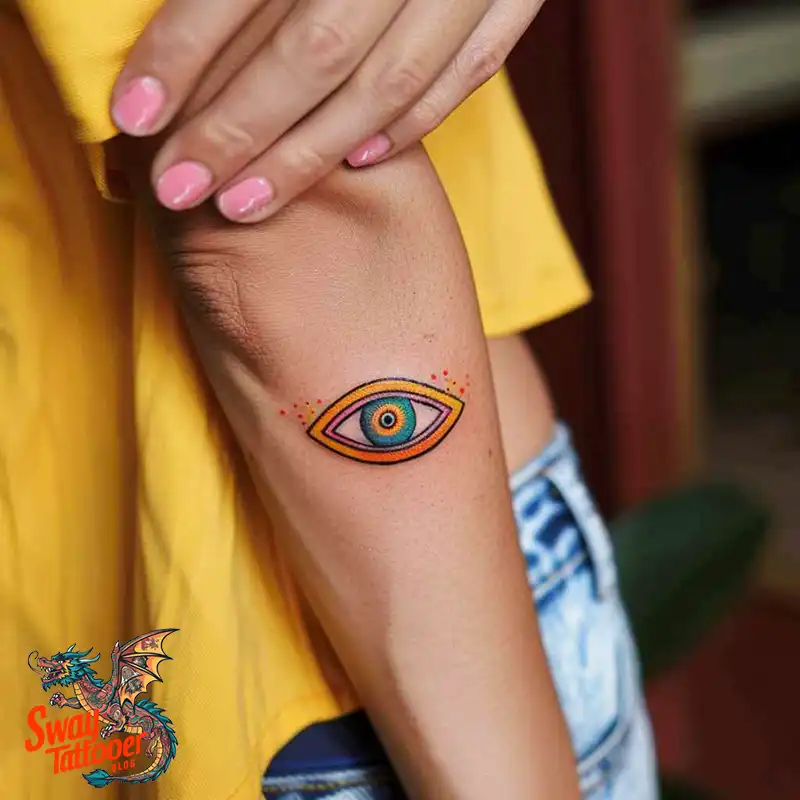
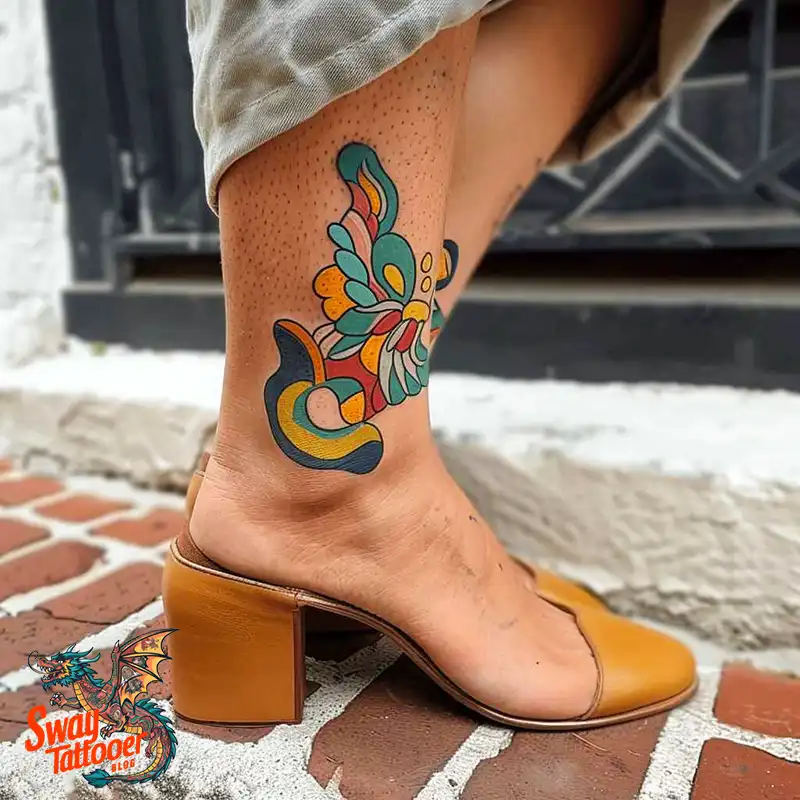
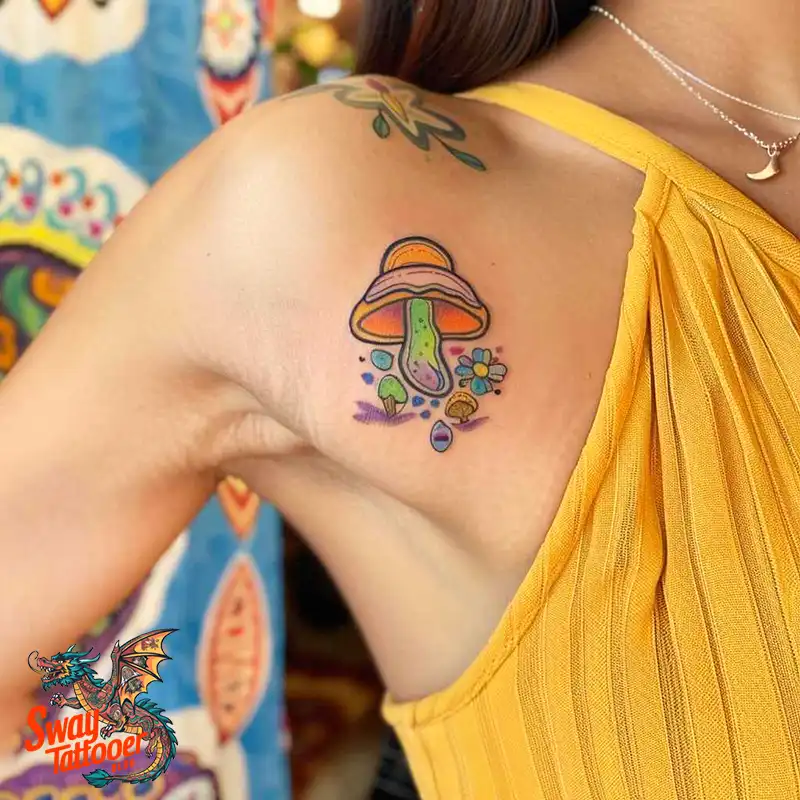
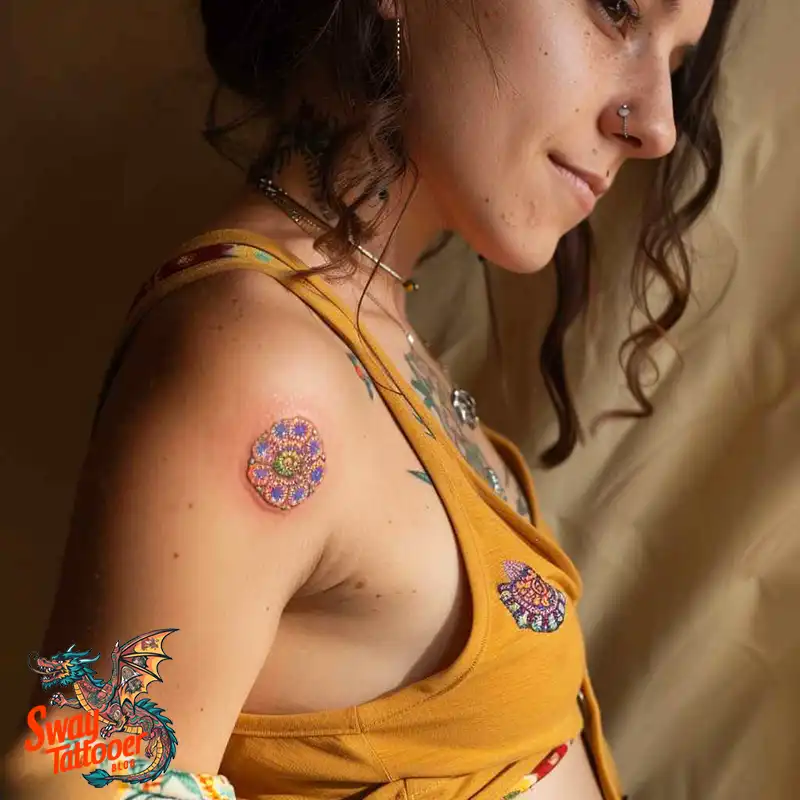
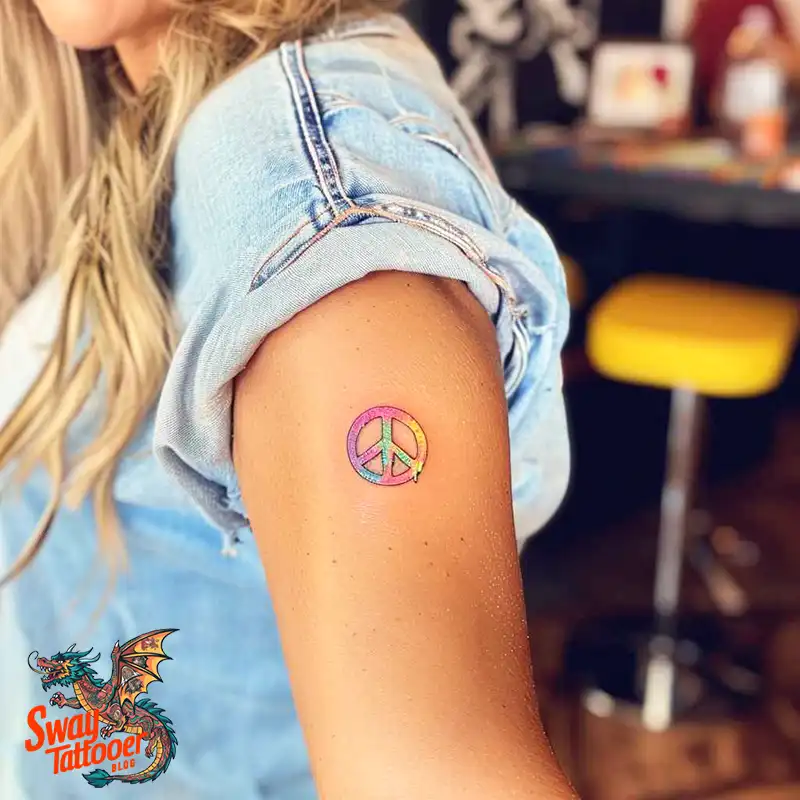
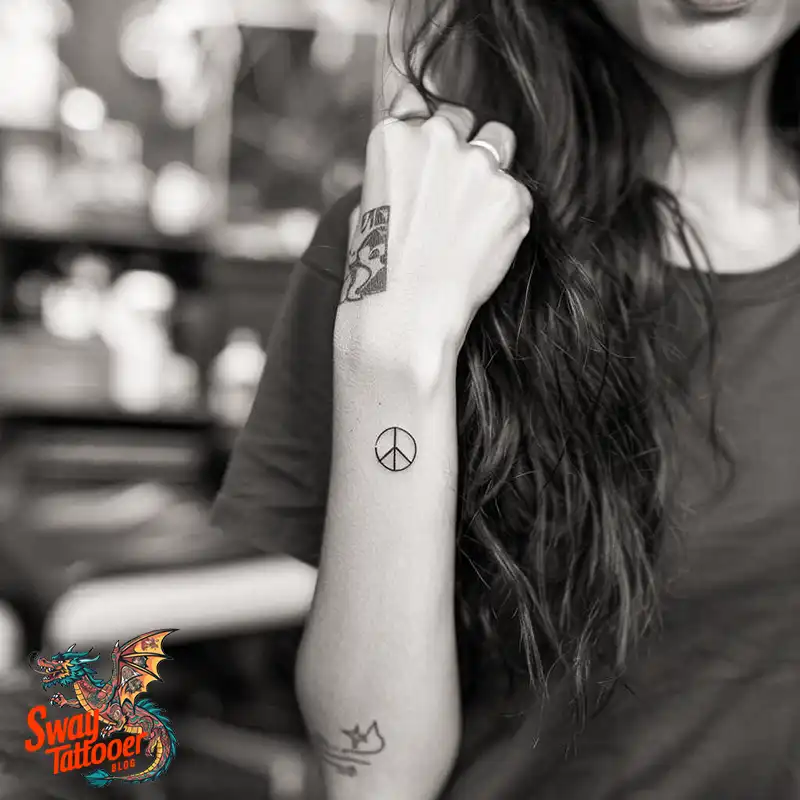
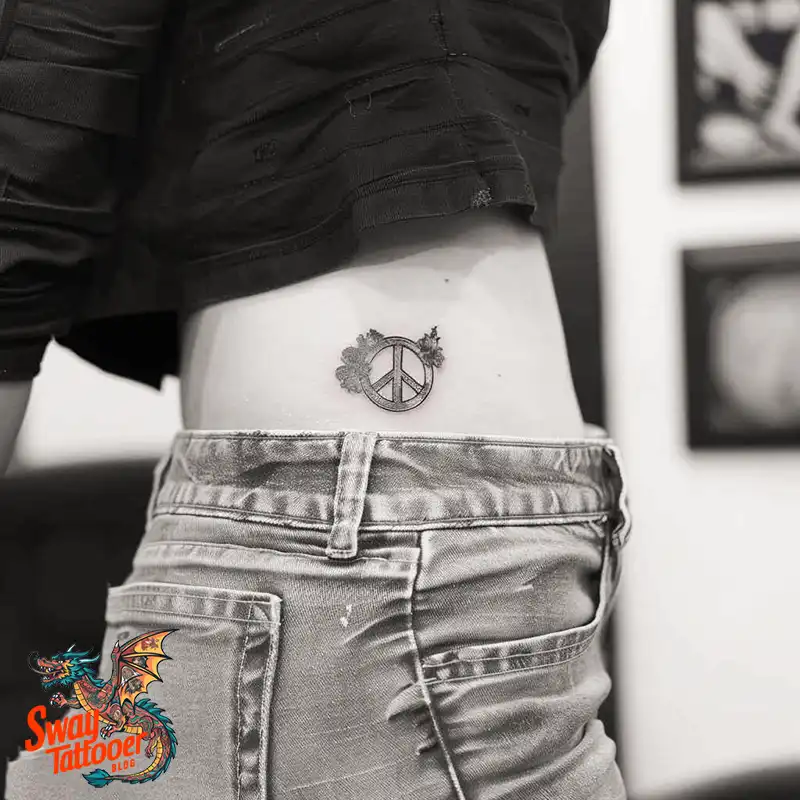
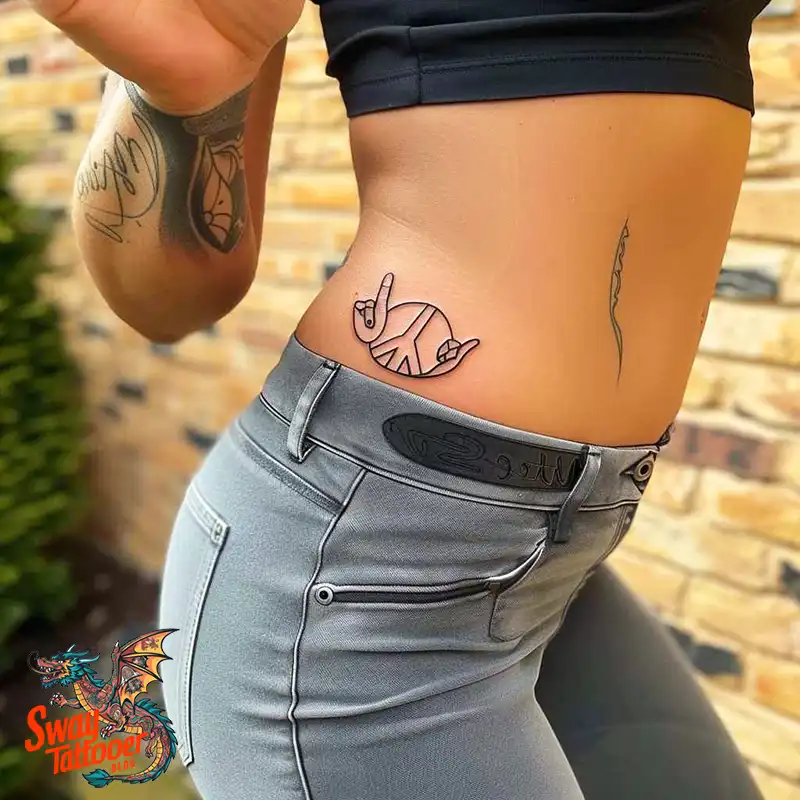
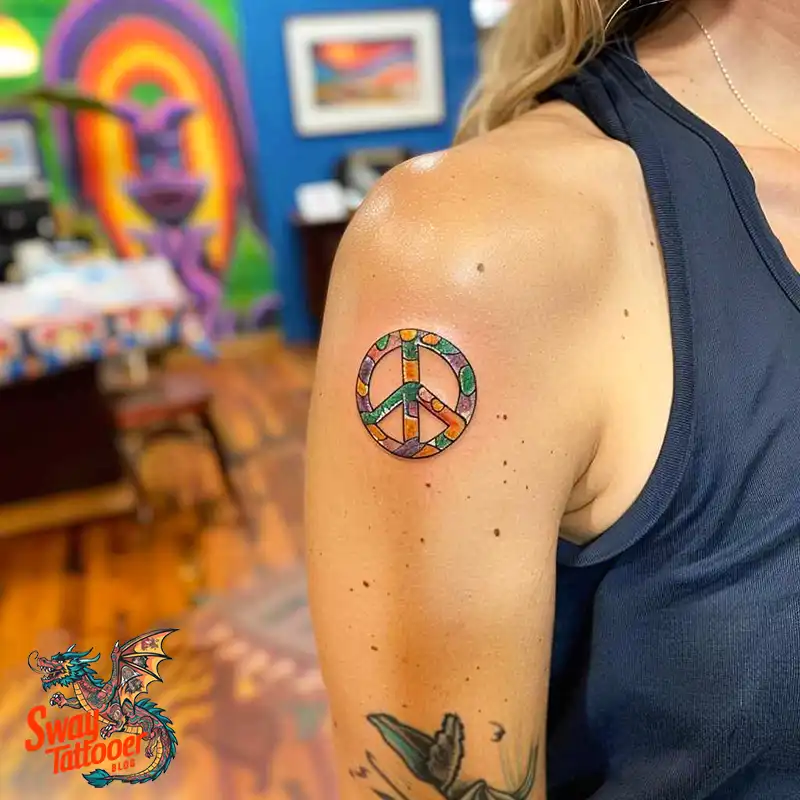
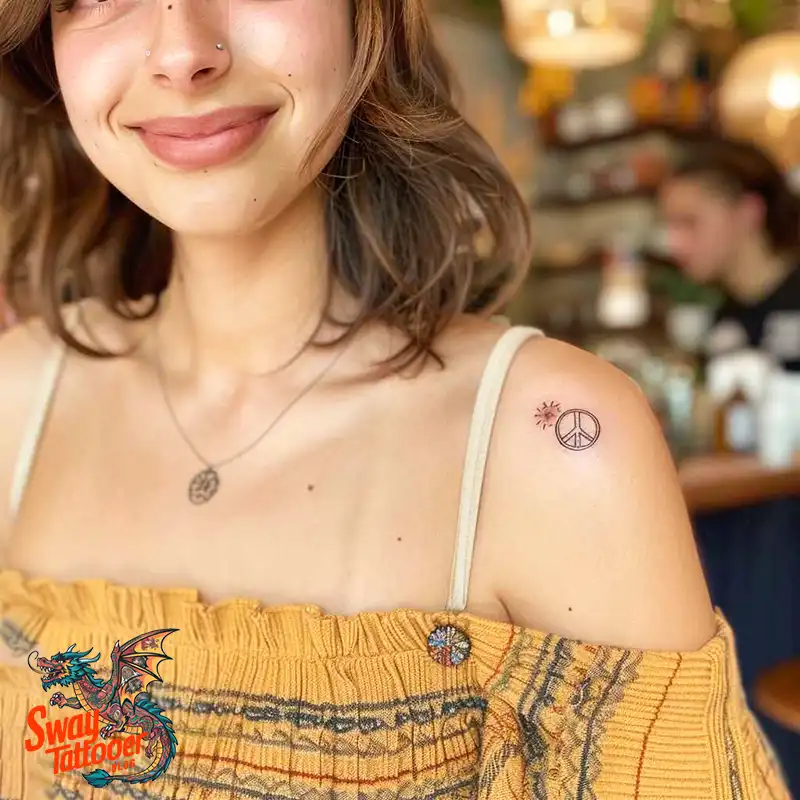
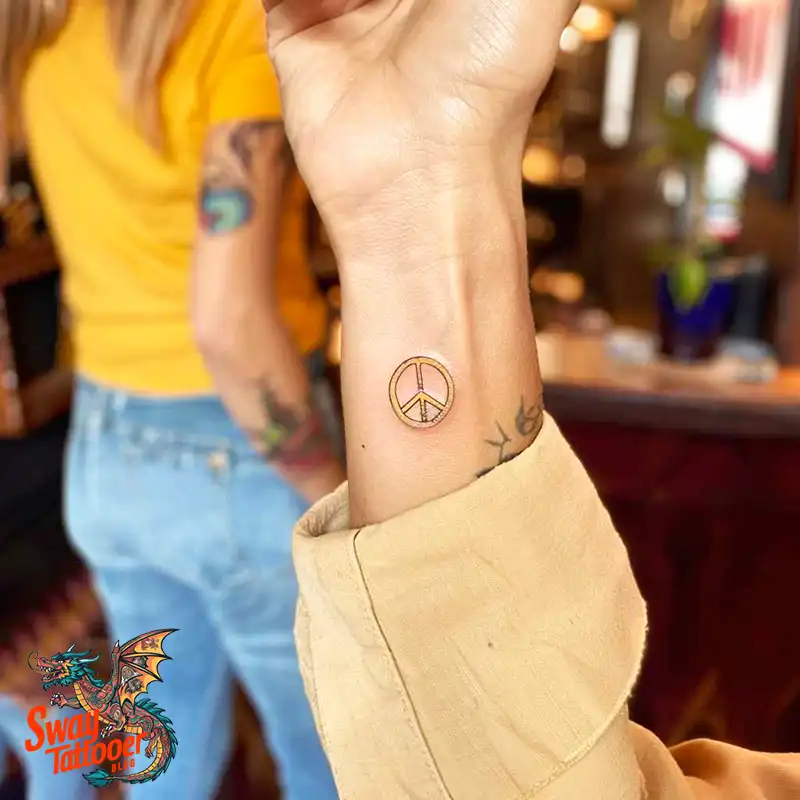
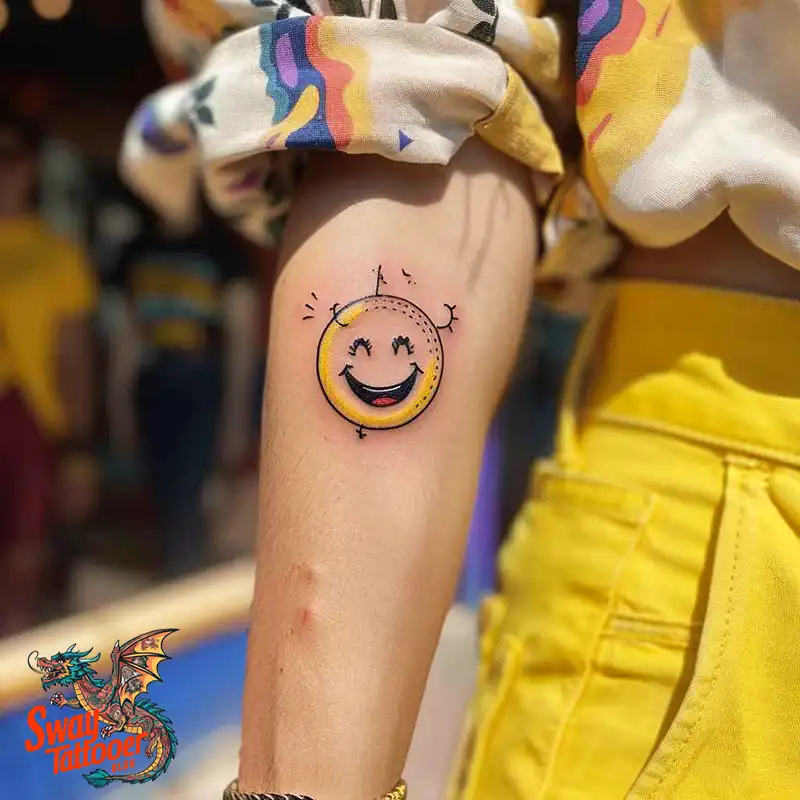
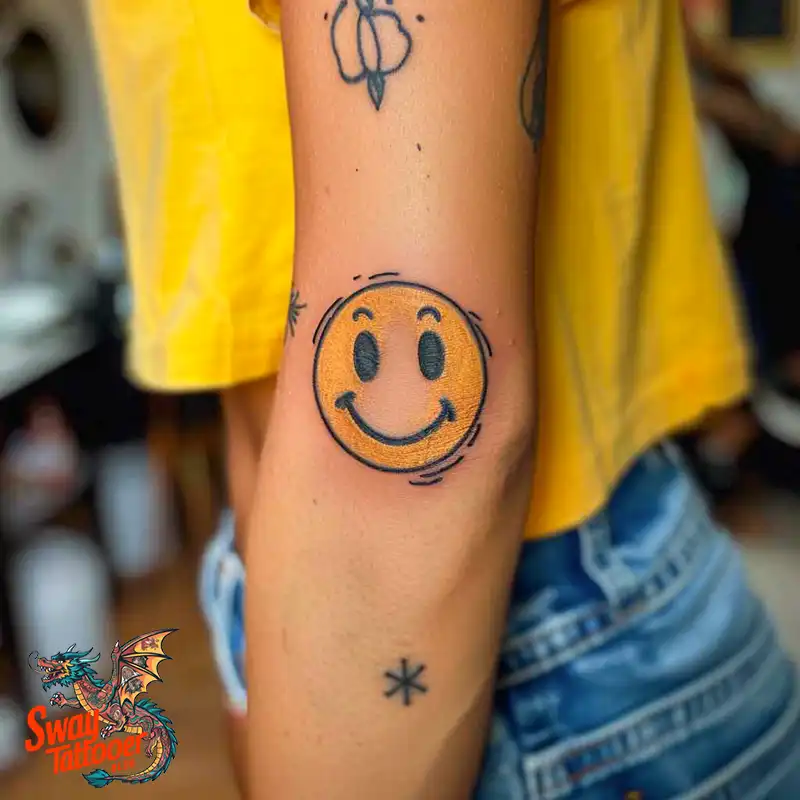
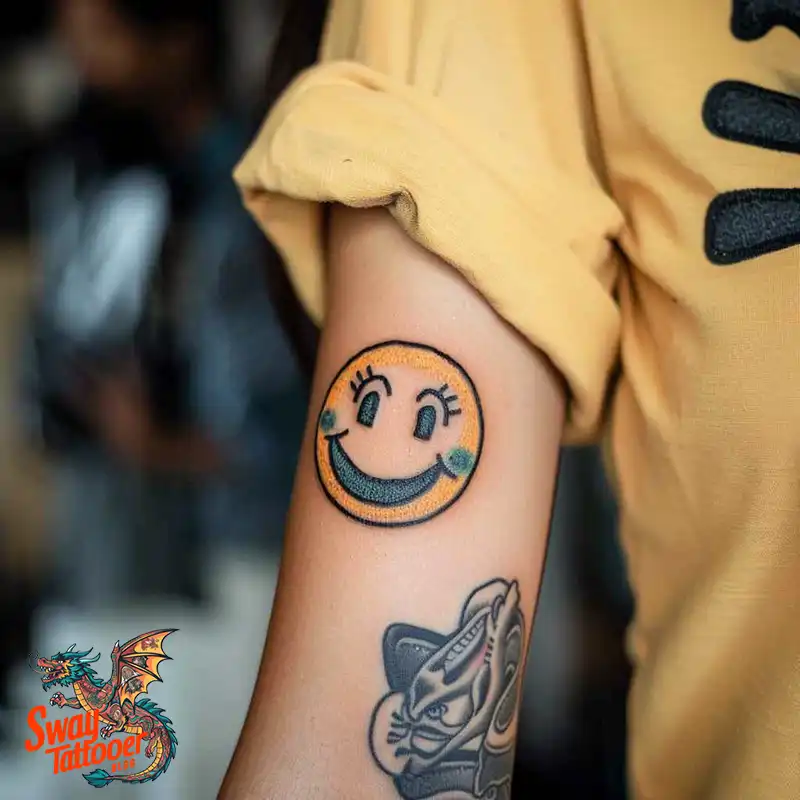





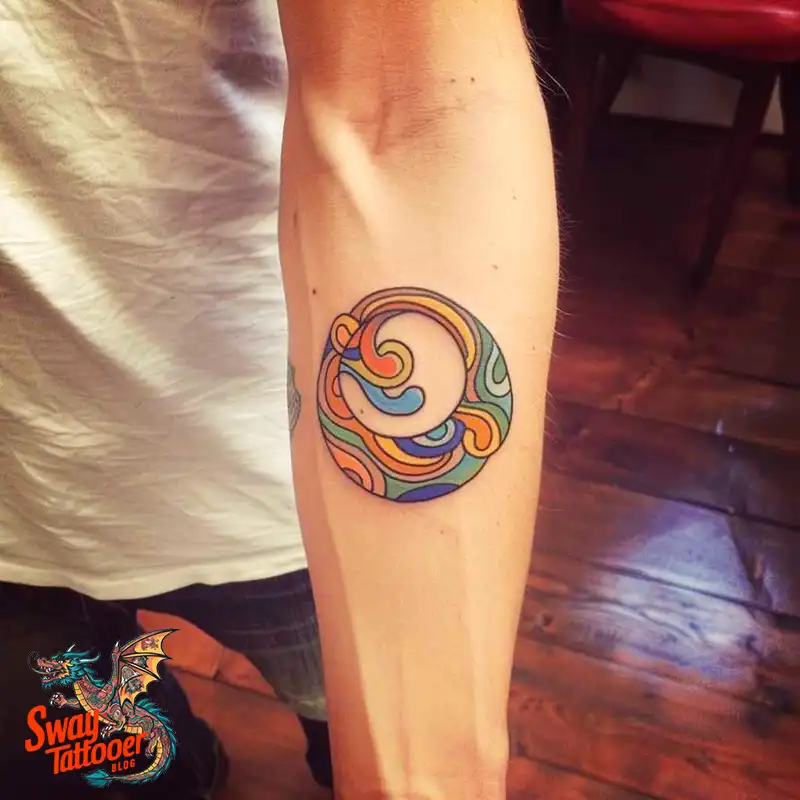
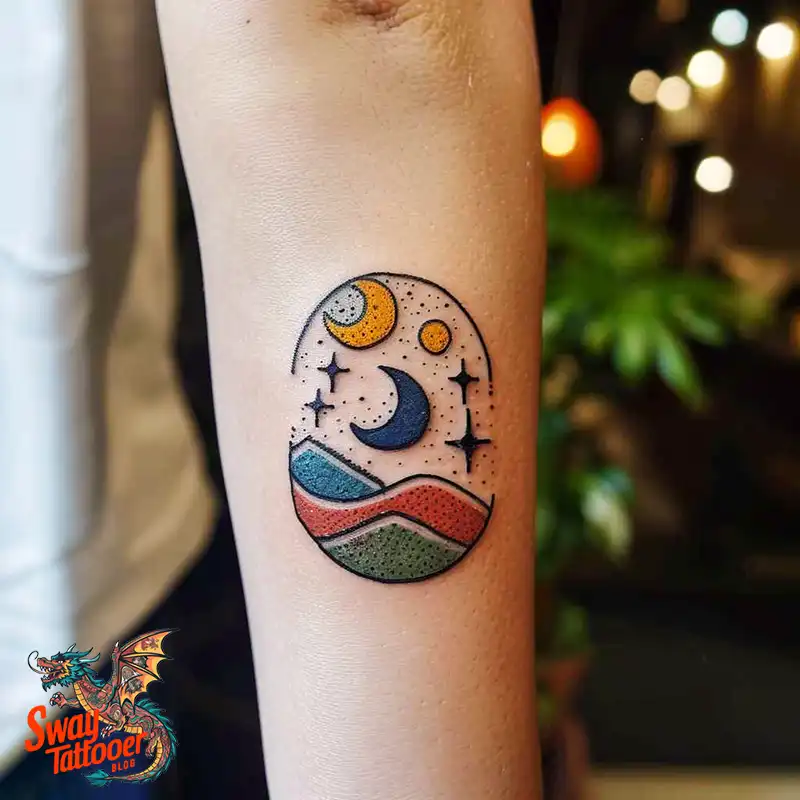

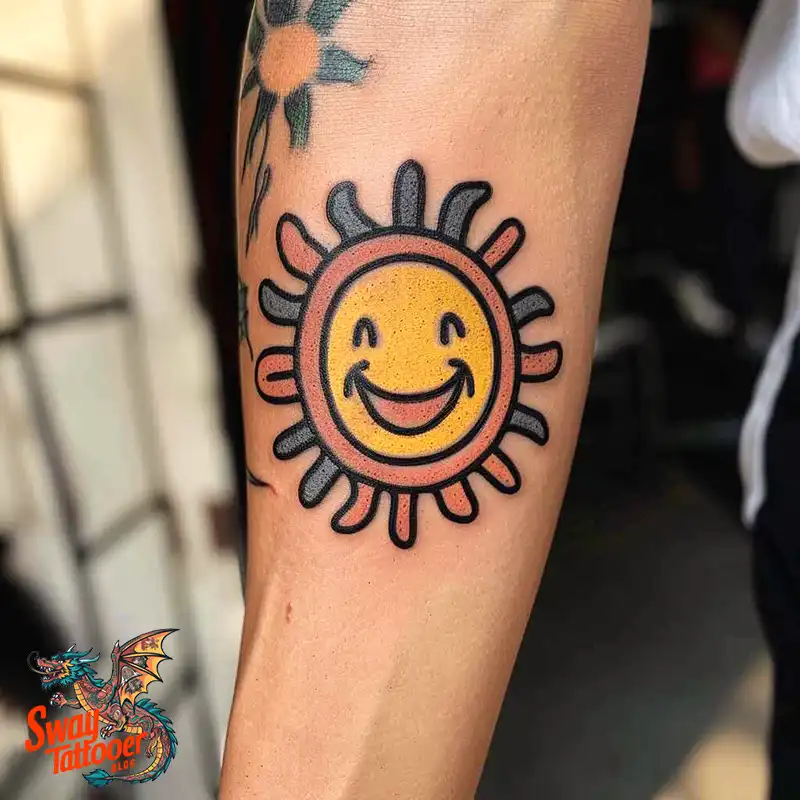

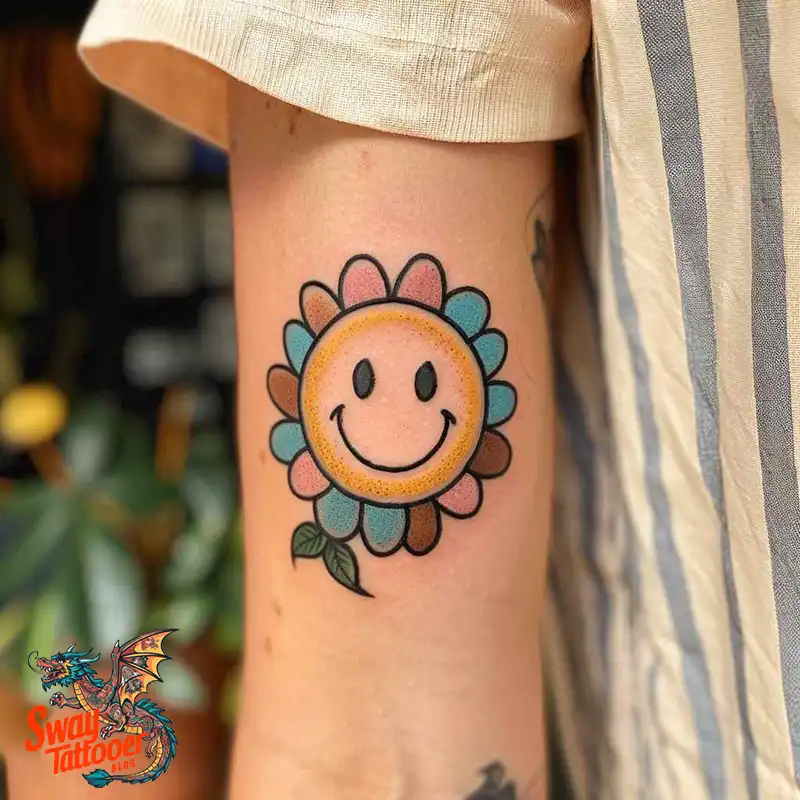
70s Tattoo Design Ideas:
The 1970s reflected big shifts in culture, art, and politics. Tattoos from that time show those changes. Next, we’ll look at the most iconic styles from the decade and what they meant to people then—and what they still mean today.
1. Peace and Love Tattoos
The 1970s were indeed the era of counterculture, peace, love, and harmony. Peace sign tattoos—that now-famous circle with three lines—and tattoos of doves, along with the word “love” in flowing, psychedelic fonts, were all extremely popular.
Summary: What these tattoos held in messages were of an anti-war movement and of the hippie ideology itself: to counterbalance violence with a utopian vision of society.
These tattoos are still displayed as the sentiments of what kind of epoch it was, when people around the world shared a dream for a more compassionate world, being upheld as a symbol of that desire.
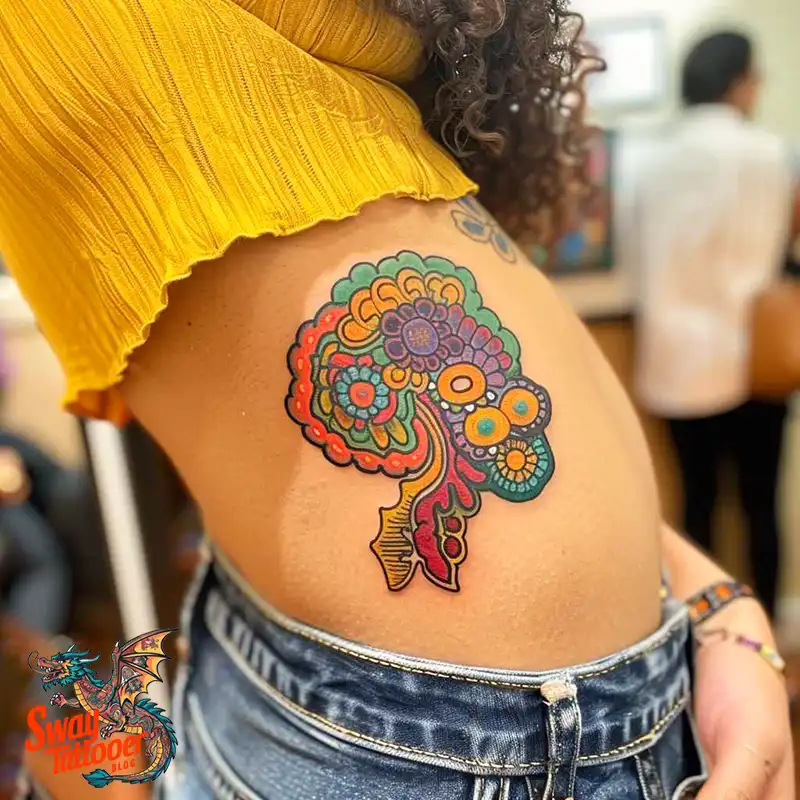
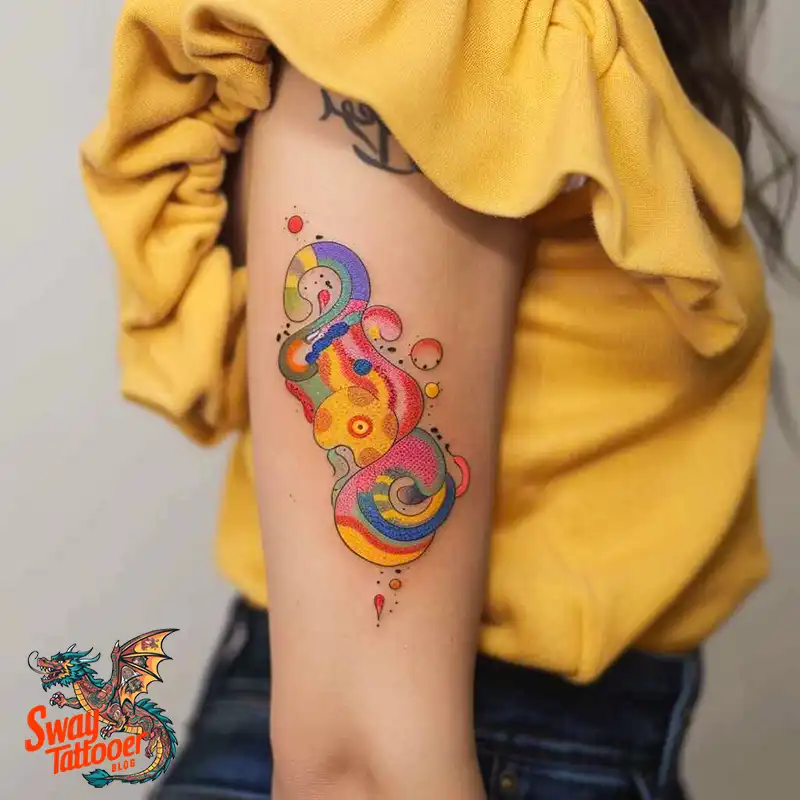
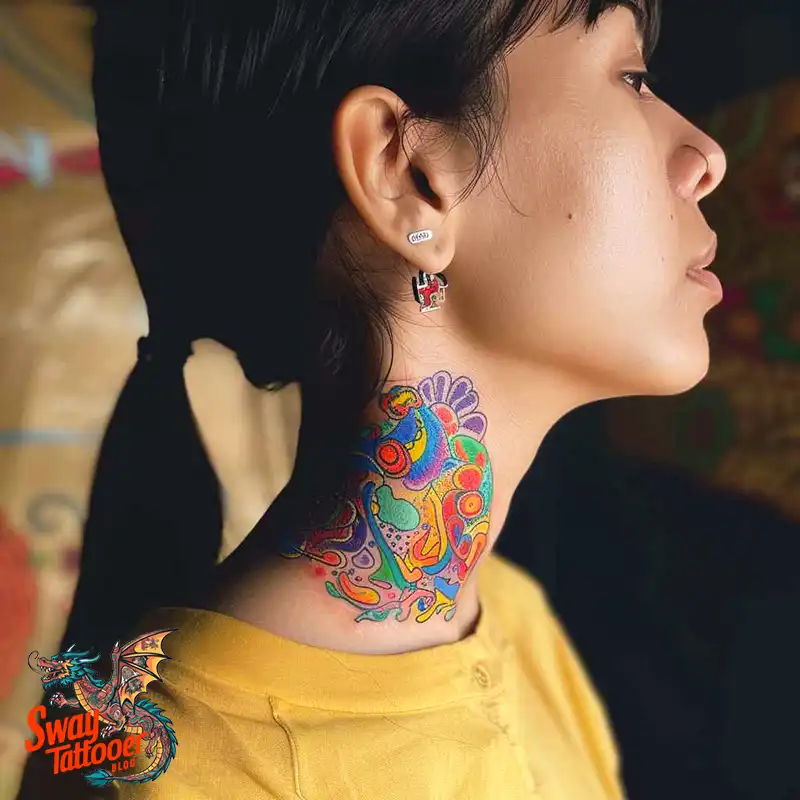
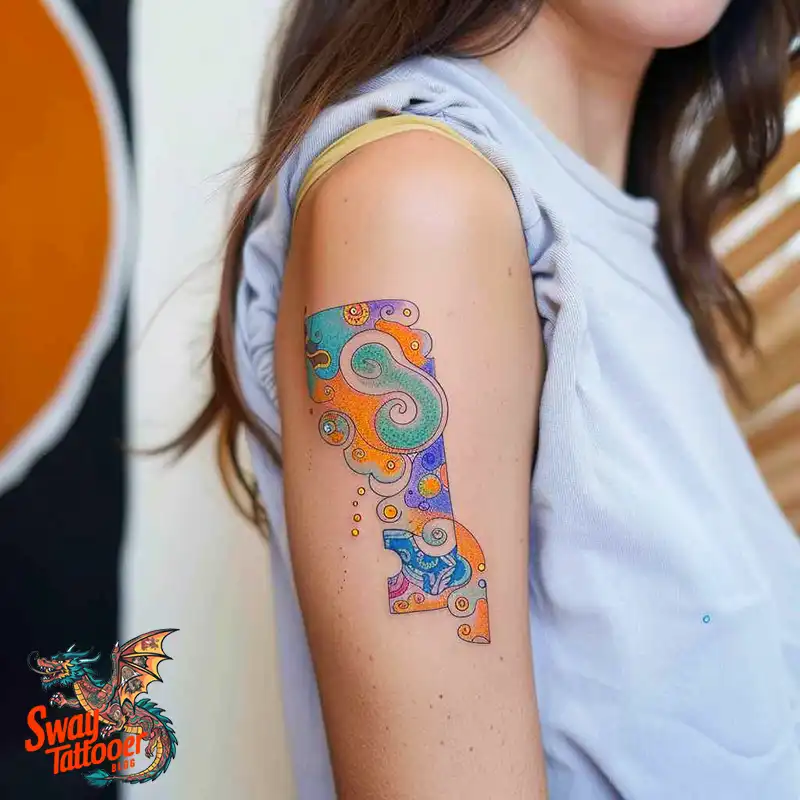
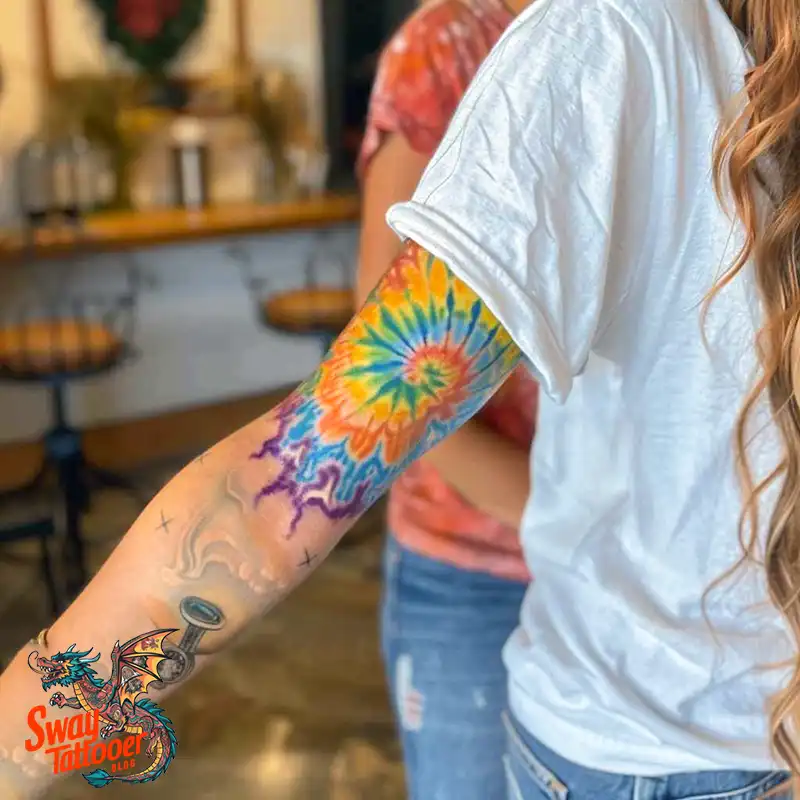
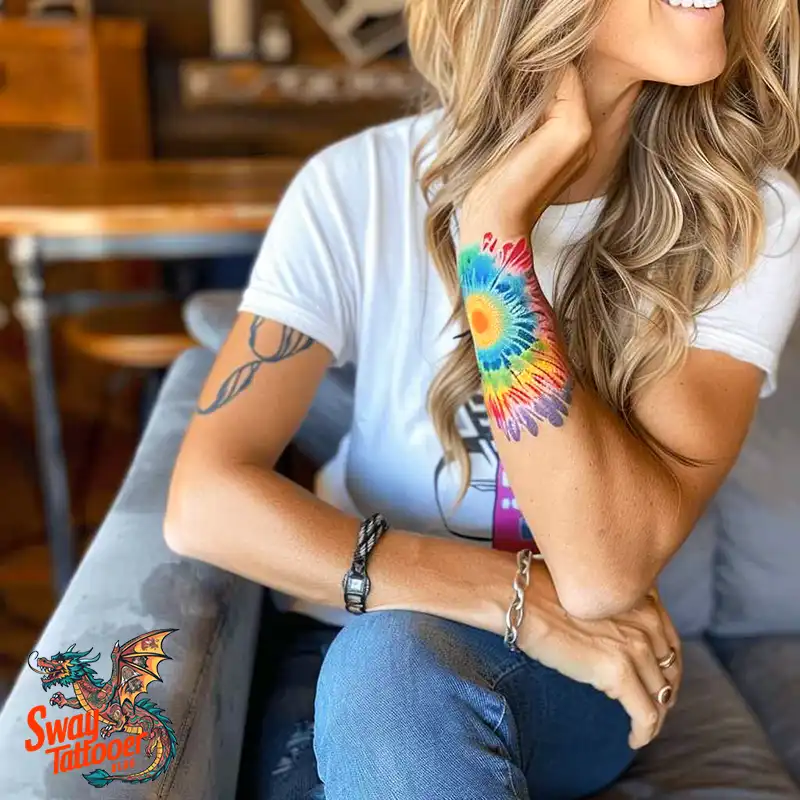
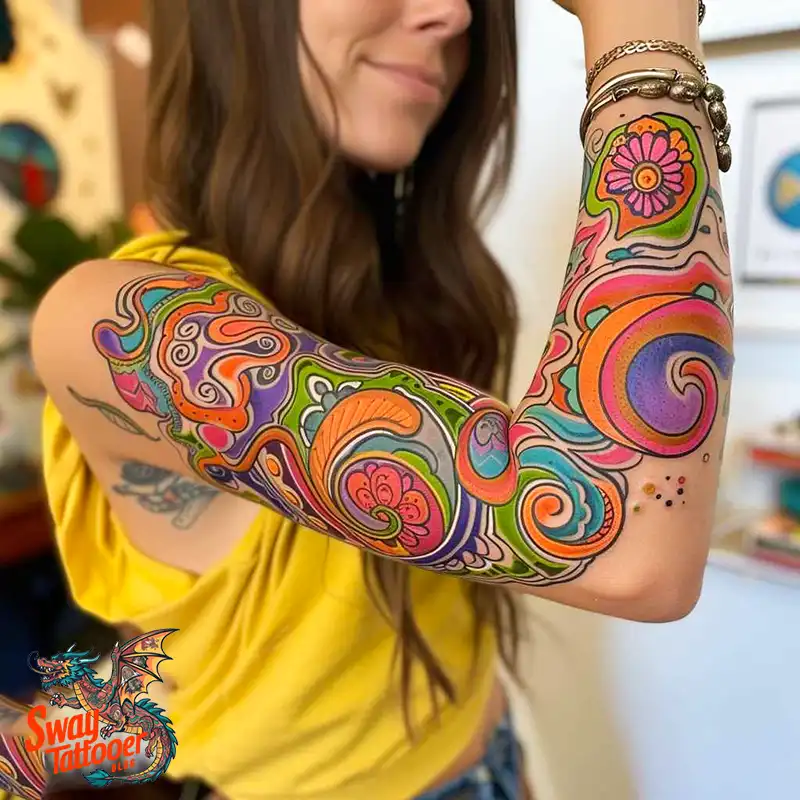

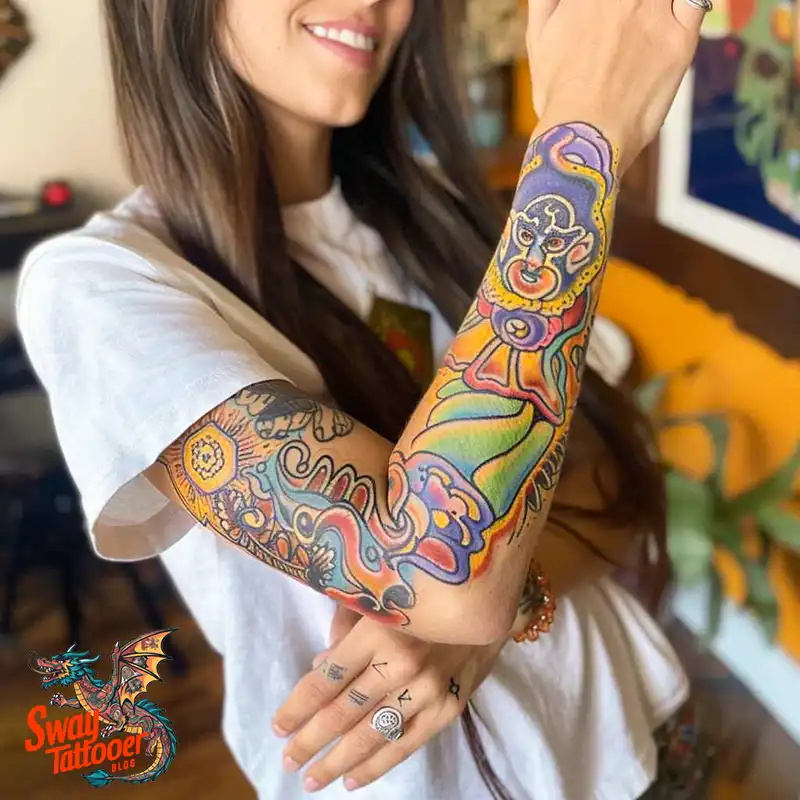
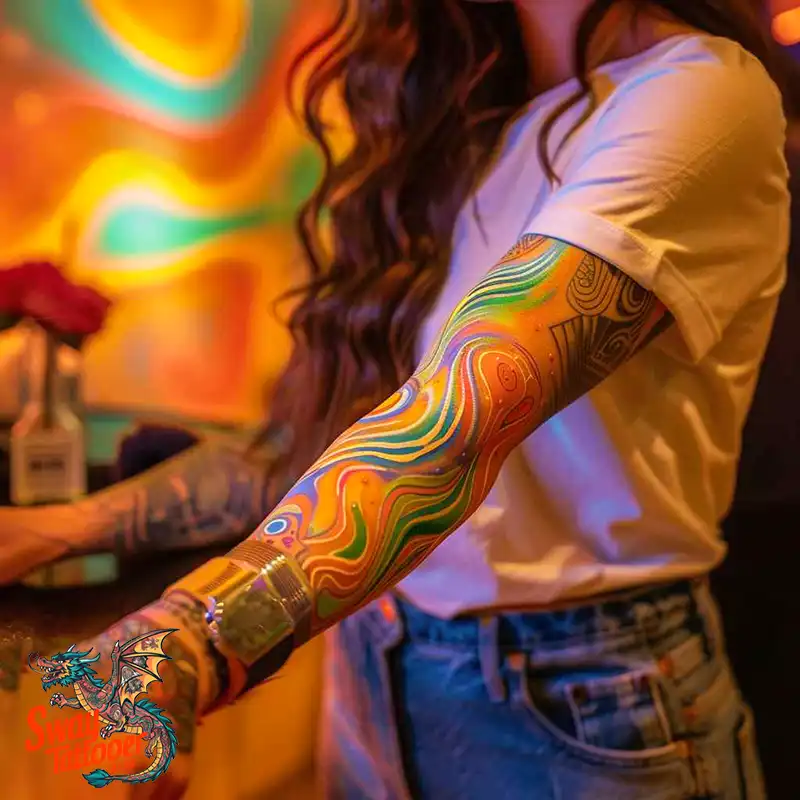
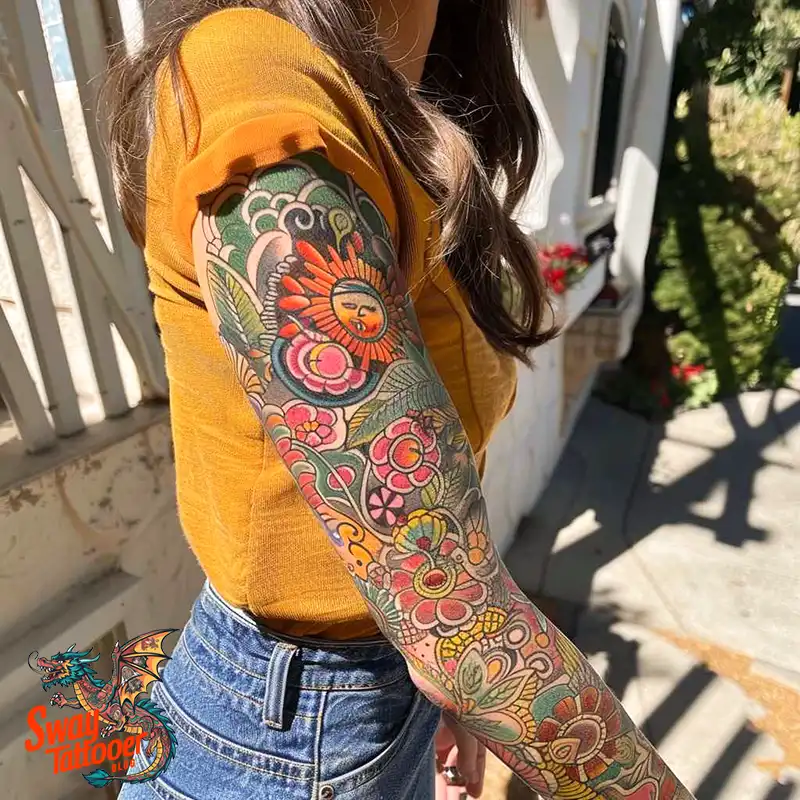
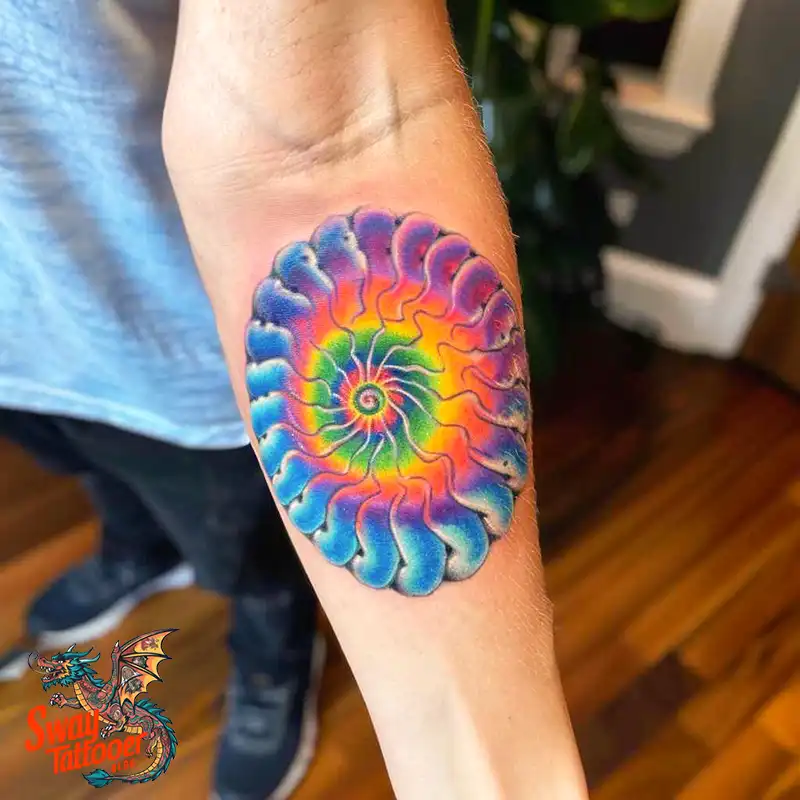
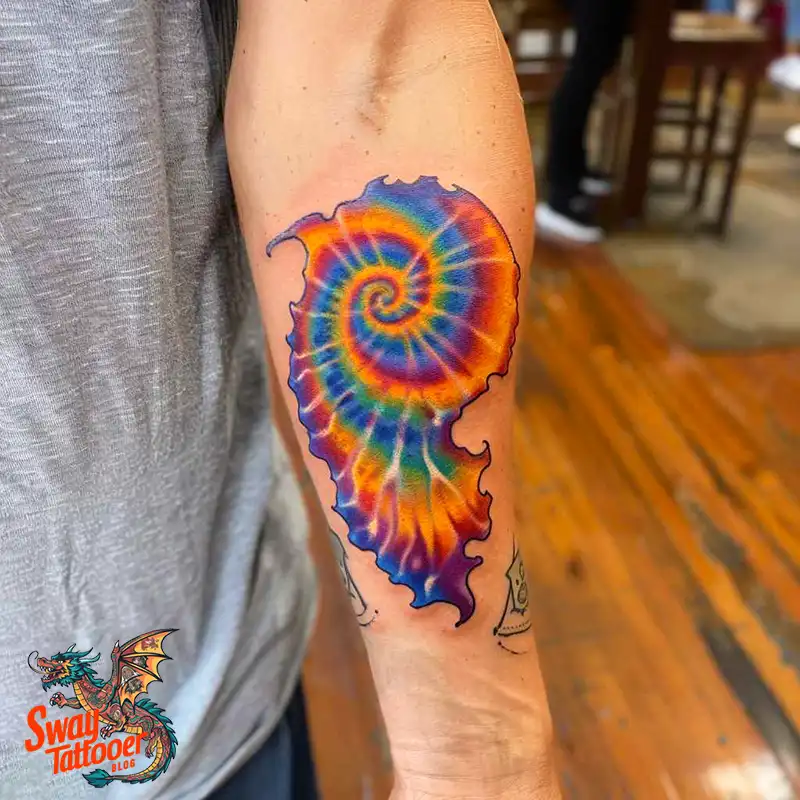
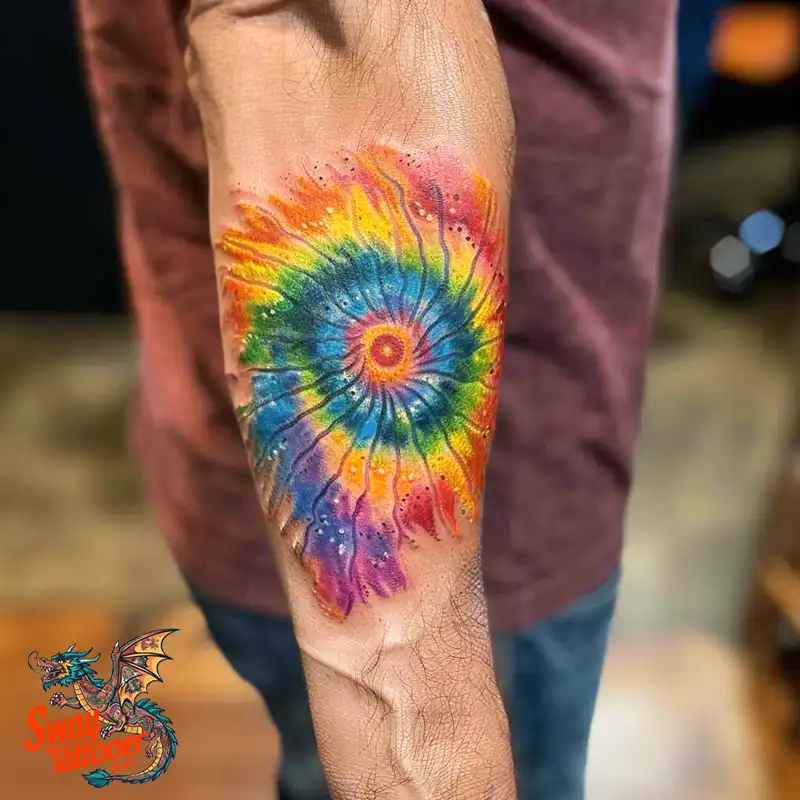
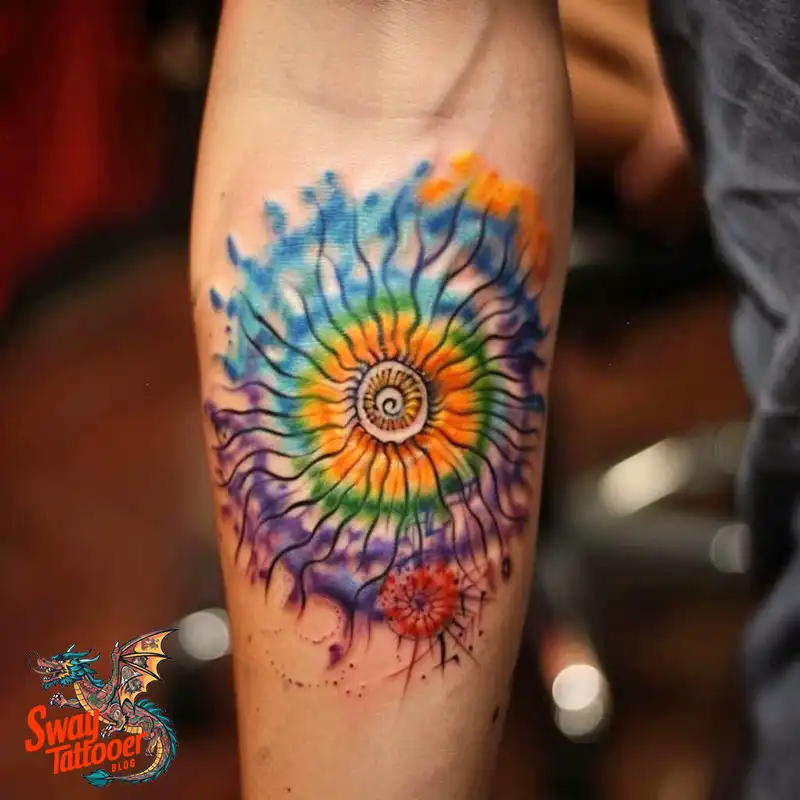
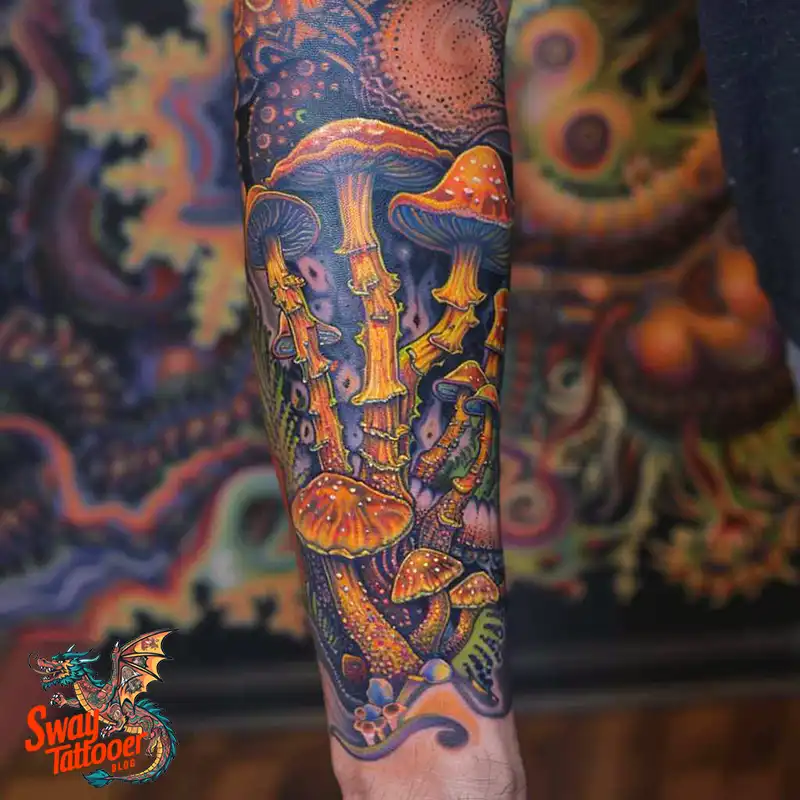
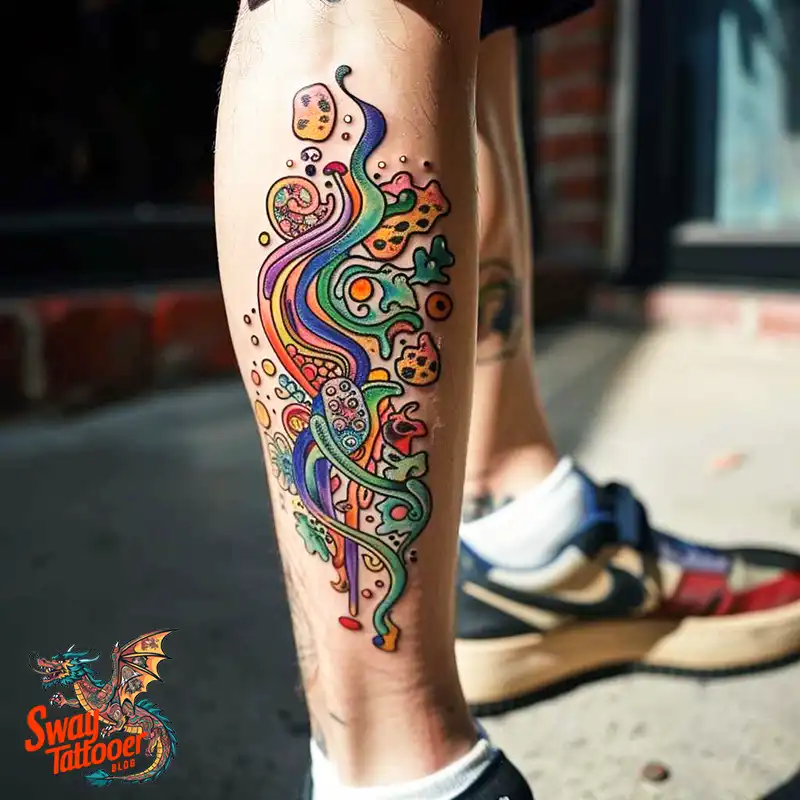

2. Psychedelic Art Tattoos
Psychedelic art shaped tattoo styles in the 1970s. Bright colors, swirling patterns, and surreal images became common. Designs often show galaxies, abstract shapes, and bold contrasts. They can look like they move on the skin.
Summary: These tattoos echo hallucinatory visuals tied to the era’s use of LSD and similar experiences. They reflect a search for new states of mind, self-discovery, and creative freedom.
Cultural role: Part of a wider psychedelic subculture that mixed art, music, and personal exploration.
Visuals: Swirls, fractal-like patterns, and flowing lines.
Colors: Loud, clashing hues and sharp contrasts.
Meaning: Symbols of inner journeys, altered awareness, and breaking rules.



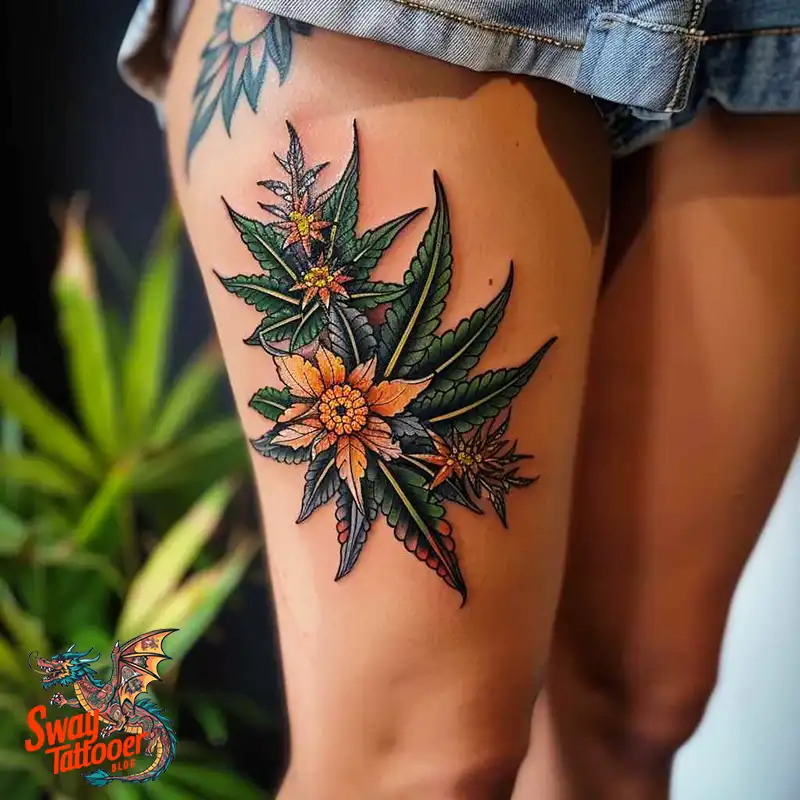
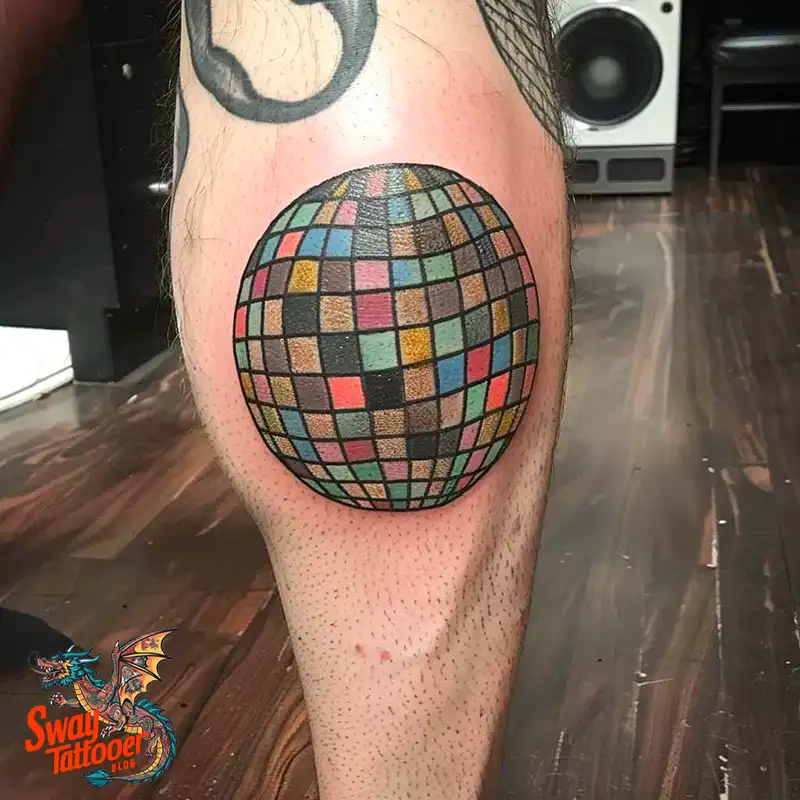


3. Nature and Earth Tattoos
In the 1970s, tattoos began to show love for the planet. People picked trees, flowers, and animals. Some tattoos even showed the Earth with a peace sign. These designs spoke for the care of nature and a wish to protect the world for future years.
- Meaning: Early signs of eco-conscious thinking and a love for nature.
- Why it mattered: These tattoos showed concern for the environment long before it was mainstream.
4. Rock and Roll Tattoos
The ’70s were a big time for rock music. Fans got ink of band logos, album art, and song symbols. Tattoos became a way to show loyalty to favorite bands and to the music that shaped people’s lives.
- Summary: Rock tattoos are permanent love notes to the music that raised a generation.
- Why it mattered: They show how music and identity mix. Fans wore their fandom on their skin.
5. Zodiac and Astrology Tattoos
Astrology had a big comeback in the 1970s. People looked to the stars for meaning. Tattoos of zodiac signs, planets, and star charts became popular. These designs helped people show personality or life beliefs.
- Summary: Zodiac tattoos link your story to the wider cosmos.
- Why it mattered: They reflect a search for meaning and a love of mystic ideas.
6. Tribal and Indigenous Tattoos
In the ’70s, people started to notice indigenous art more. Designs inspired by Polynesian, Native American, and other native styles grew in popularity. These tattoos are often bold and full of symbols.
- Summary: Tribal tattoos carry deep symbols of spirit, place, and identity.
- Why it mattered: The trend began a longer interest in the respectful study of native art and meaning.
7. Political Iconography Tattoos
The 1970s were full of social change. People used tattoos to make political points. Common images included fists, peace signs, feminist marks, and anti-war phrases. These designs marked beliefs and calls for change.
- Summary: Political tattoos act as a lasting protest and personal commitment.
- Why it mattered: They show how ink can be a tool for activism and identity.

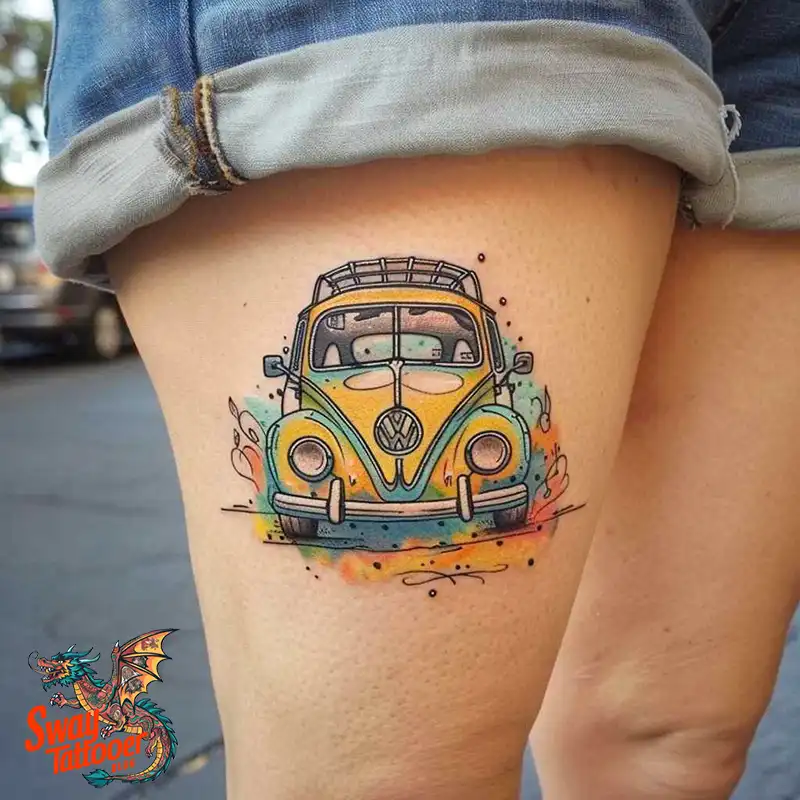
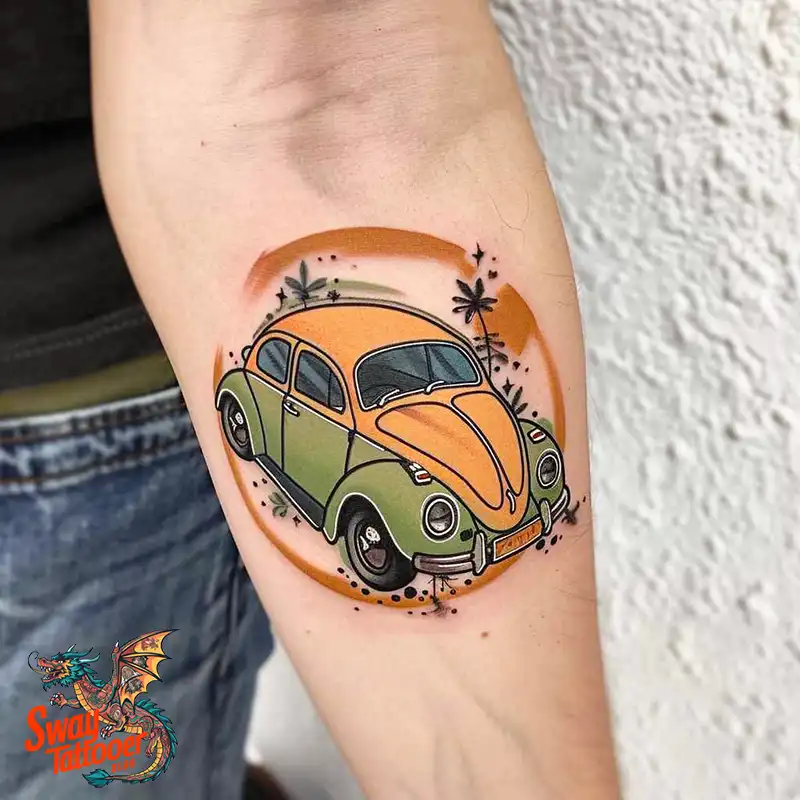
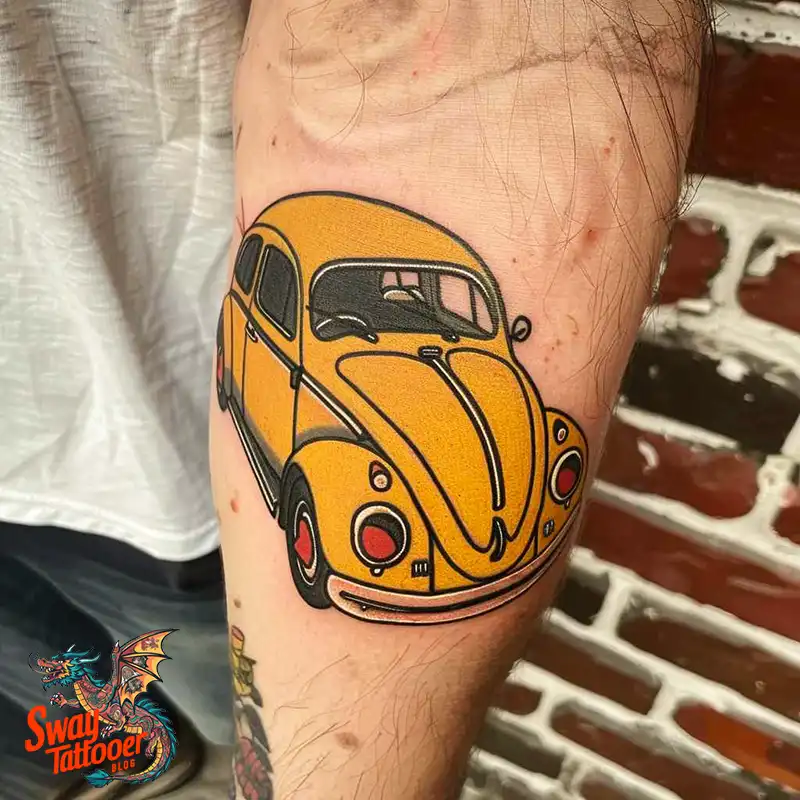
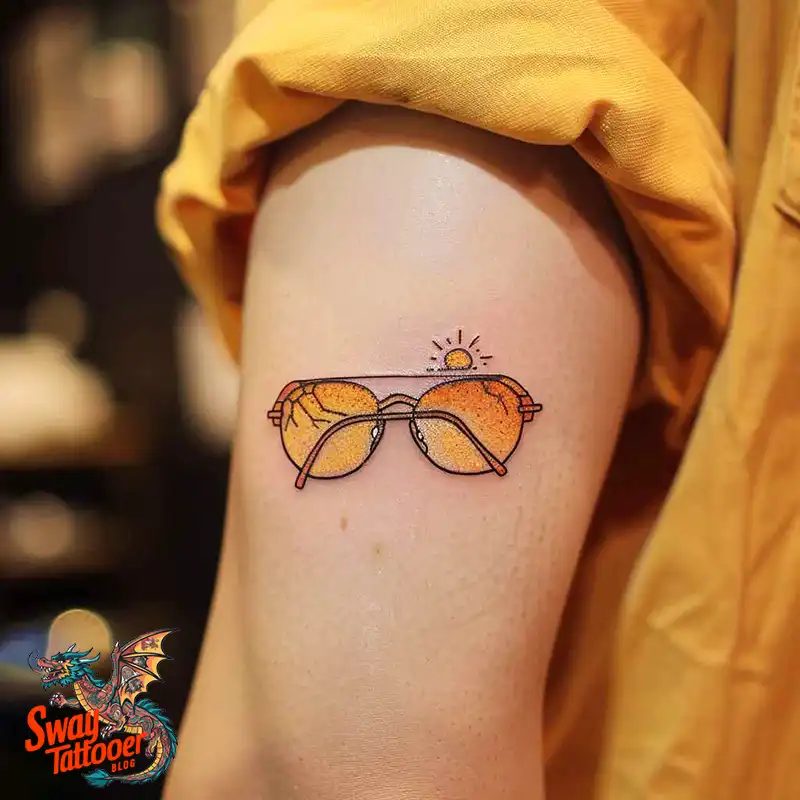
Frequently Asked Questions (FAQ)
What were some popular tattoo designs in the 1970s?
Answer: The 1970s tattoo mixed old-school looks with the new counterculture. People picked images that showed their beliefs and style.
Peace signs & flowers: A holdover from the 1960s hippie wave. They stood for love and peace.
Tribal & nautical themes: Anchors, ships, and bold black designs stayed popular.
Rock & roll icons: Band logos and album art showed music loyalty.
Fantasy & myth: Dragons, unicorns, and other mythical beasts tapped into a love of fantasy.
How did 70s cultural movements shape tattoo trends?
Answer: The decade’s culture pushed tattoos into new places. Politics, music, and new ideas all left marks on the skin.
Counterculture & rebellion: Tattoos were a way to push back against the mainstream.
Feminism: More women got tattoos as a sign of independence and power.
Music & art: Punk, rock, and psychedelic styles influenced many designs.
Eastern ideas & spirituality: Mandalas, yin-yang, and other symbols grew in use.
Were tattoos widely accepted in the 70s?
Answer: Not yet. Tattoos were still seen as edgy or linked to subcultures like bikers and punks. But acceptance grew, especially among young people and in cities.
What tech and technique advances happened in the 70s?
Answer: The 1970s brought better gear and cleaner shops. That helped tattoos look sharper and last longer.
Machines: Improved machines made finer lines and smoother shading possible.
Inks: Brighter, more varied inks gave richer color.
Hygiene: More focus on sterilization made shops safer.
Conventions: Tattoo shows helped artists share ideas and raise standards.
Who were the major tattoo artists of the 70s?
Answer: A few artists became very influential. They helped move tattooing into the public eye.
Sailor Jerry (Norman Collins): A key figure behind classic American designs.
Don Ed Hardy: Brought Japanese influence and bold new styles to Western tattooing.
Lyle Tuttle: Helped popularize tattoos and tattoo culture through media and celebrity clients.
Were there legal limits on tattooing in the 70s?
Answer: Yes. Many places had strict rules or bans. Laws and health rules varied by city and country. This meant tattooing was legal in some areas and restricted in others.
7. How did people view the permanence of tattoos in the 1970s?
Answer: In the 1970s, tattoos felt very permanent. People saw them as bold, lasting choices. That idea made tattoos both powerful and worrying.
Commitment: Getting a tattoo was seen as a serious act. It was a steady mark of identity or belonging.
Regret: Some people feared regret. Tattoo removal was rare, costly, and often left scars. Laser removal was not widely available or easy back then.
8. How was 1970s tattoo culture a precursor to modern tattooing?
Answer: The 1970s set the stage for today’s tattoo world. Many key changes started then and still matter now.
Artistic evolution: Artists mixed styles and tried new techniques. This led to a richer variety of tattoo art.
Cultural acceptance: Tattoos moved from the fringe toward wider acceptance. More people began to see tattoos as personal art.
Hygiene and tech: Better tools, inks, and shop hygiene started to appear. These improvements made tattooing safer and more professional.
Conclusion
The 1970s tattoos changed tattooing forever. The decade brought bold styles, new tools, and wider public interest. Artists like Lyle Tuttle and Don Ed Hardy helped push the art forward.
Tattoos moved from a mark of rebellion to a form of personal expression. The changes of that decade still shape tattoo culture now. In short, the 1970s were the bridge from old-school ink to the modern tattoo world. Rations would take up the act of getting tattooed with pride and creativity.
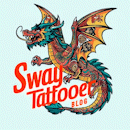
Leave a Reply